April 3, 2022
Martha O'Kennon
What a week of changes the temperature has undergone. Almost each day starts in the 30's F. (This morning more like 20's.) About every other day there are a few new things, mostly Flies. Wait, don't just smrgch your face like that. You'll see a "good" one a bit later. My next-door neighbor Deb was up while the wind was tearing the sky apart! Those are the trees in my Backyard!

This week should have been named "Albion Crocus Festival". There are still a few little ones that haven't bloomed yet, but here are some that have so far. First is a large variety in the front yard. Then we see some of the amazingly easy-spreading ones out back. And third shows the pale purple Woodland Crocus, still dotting the back yard with their delicate color and robust attitude.
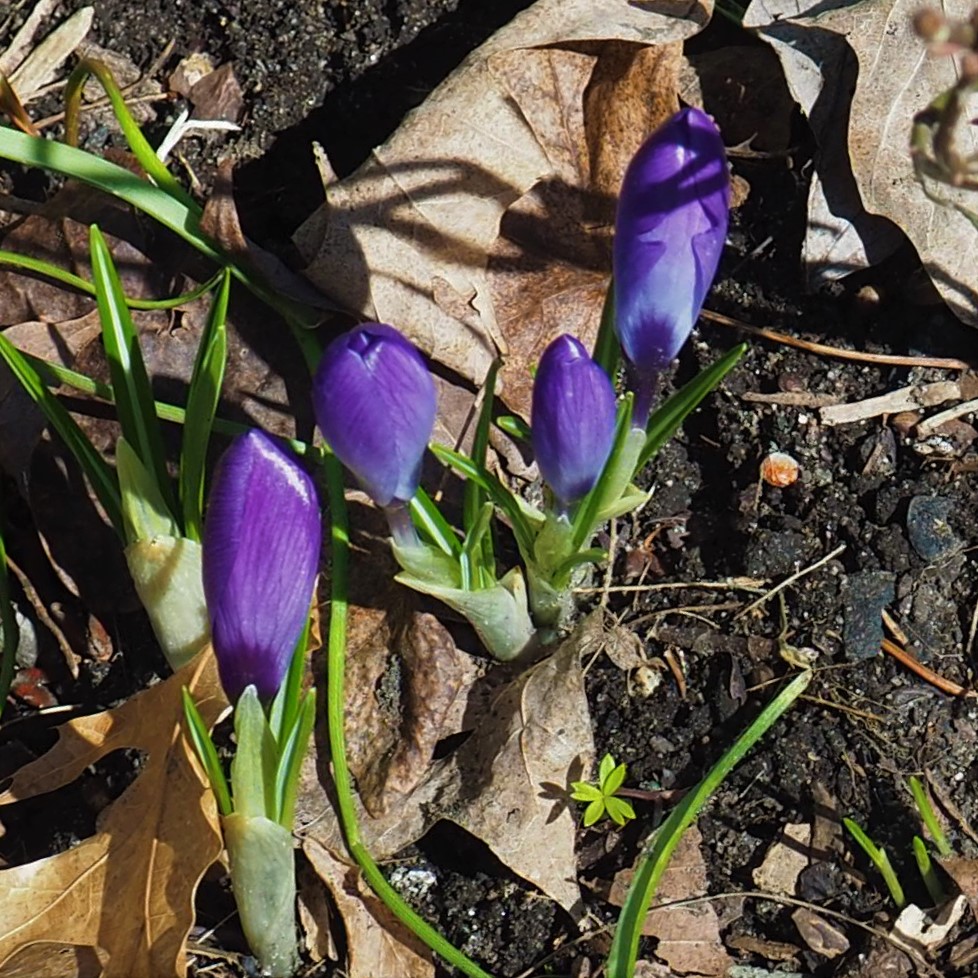
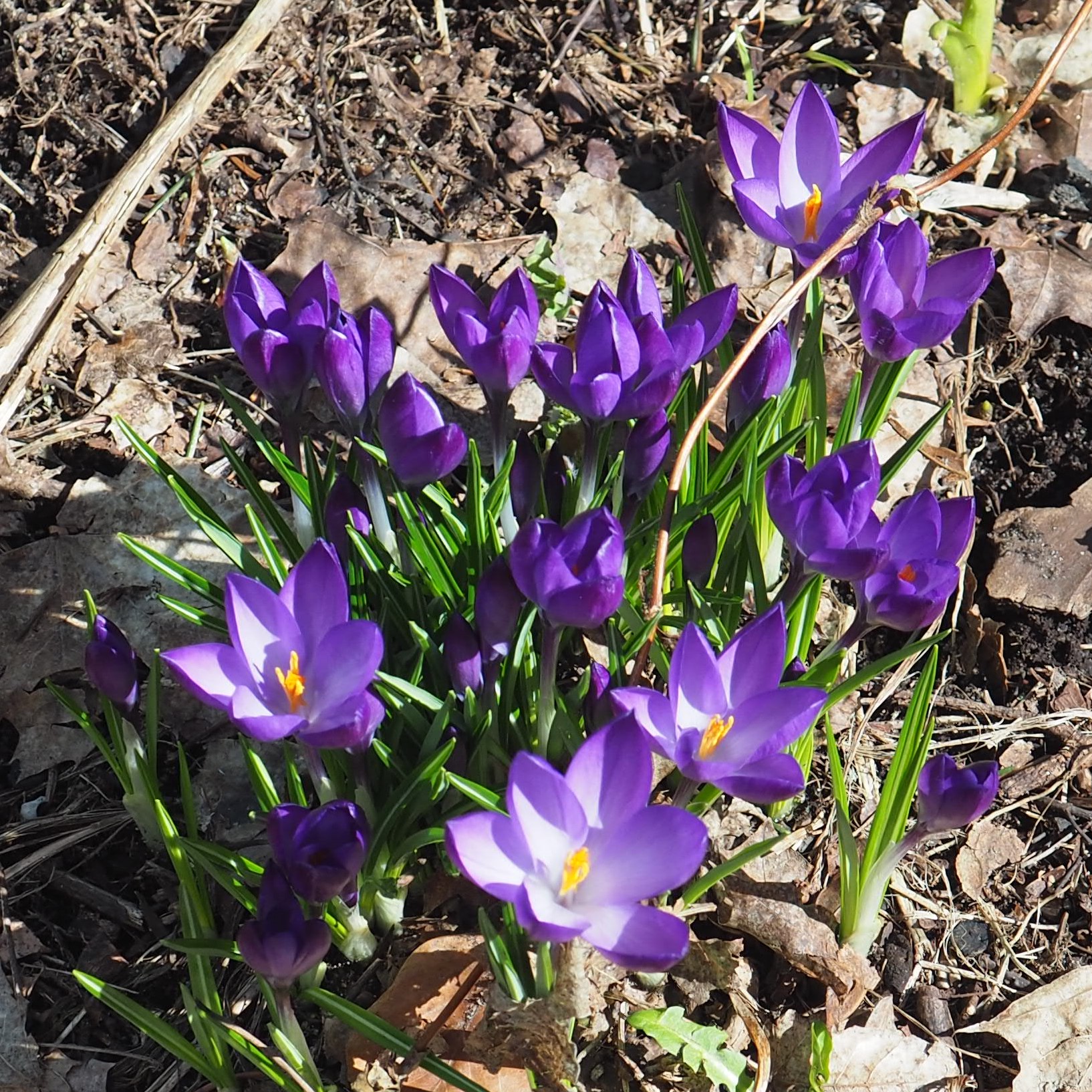
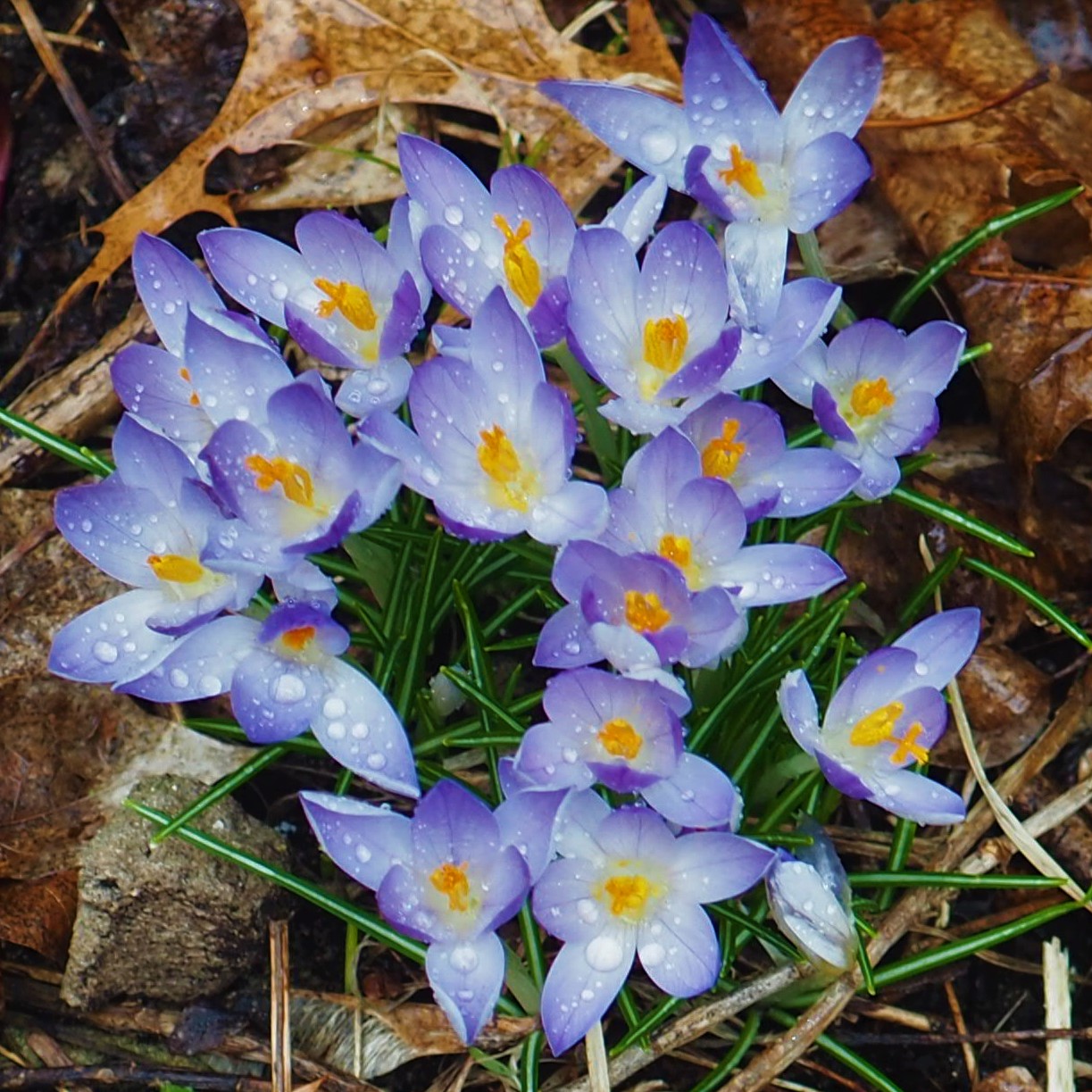
A few more Crocus starting up in the Front Yard.
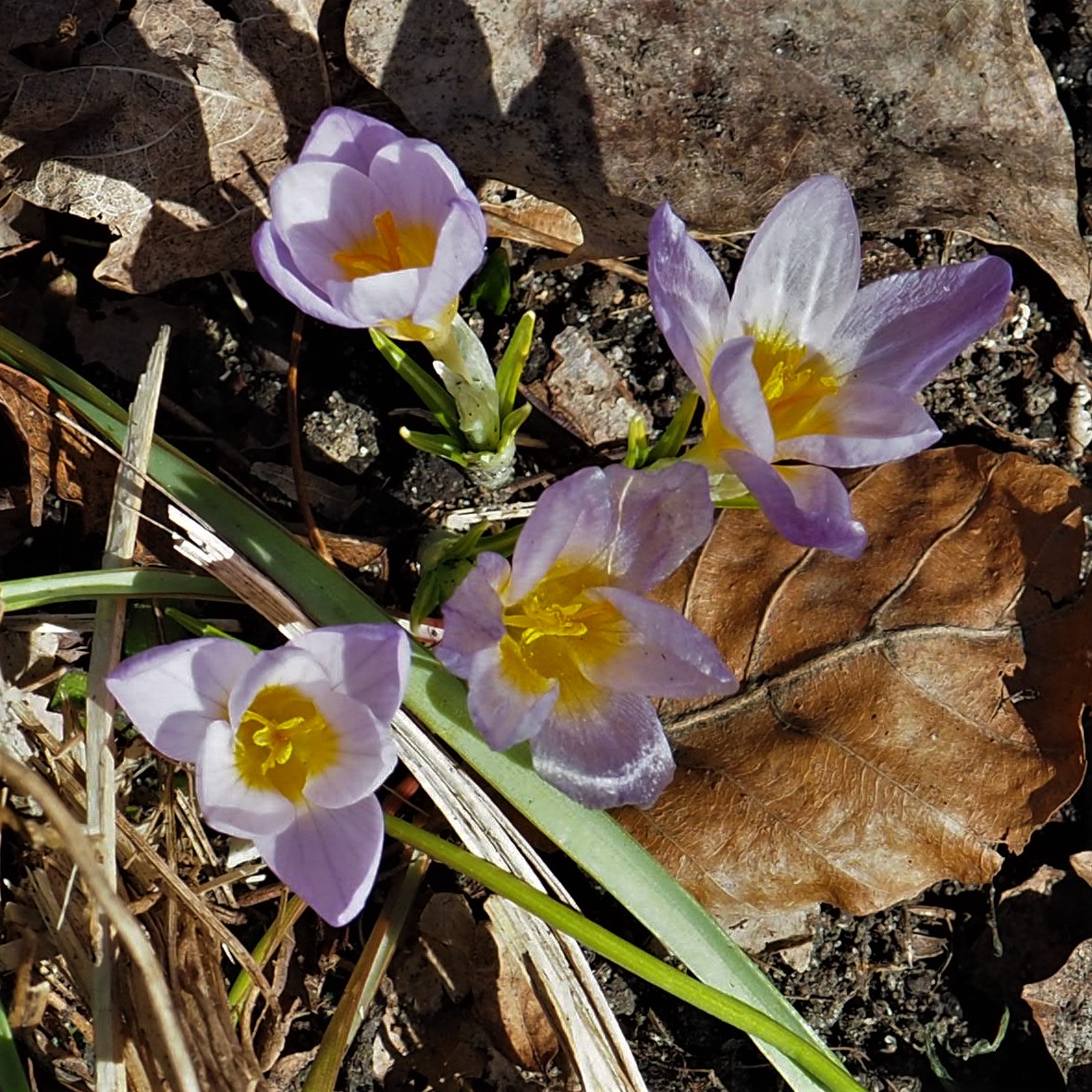
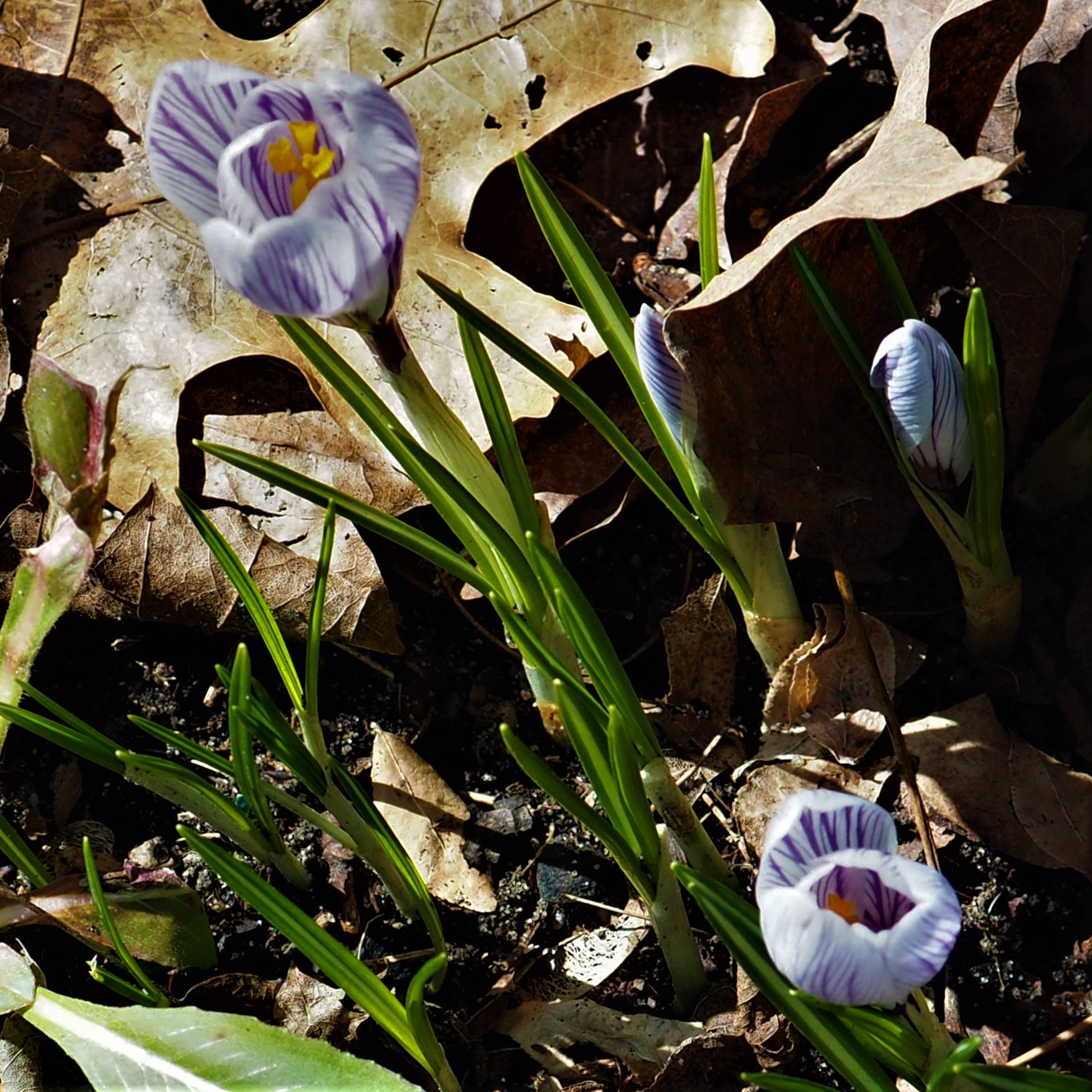
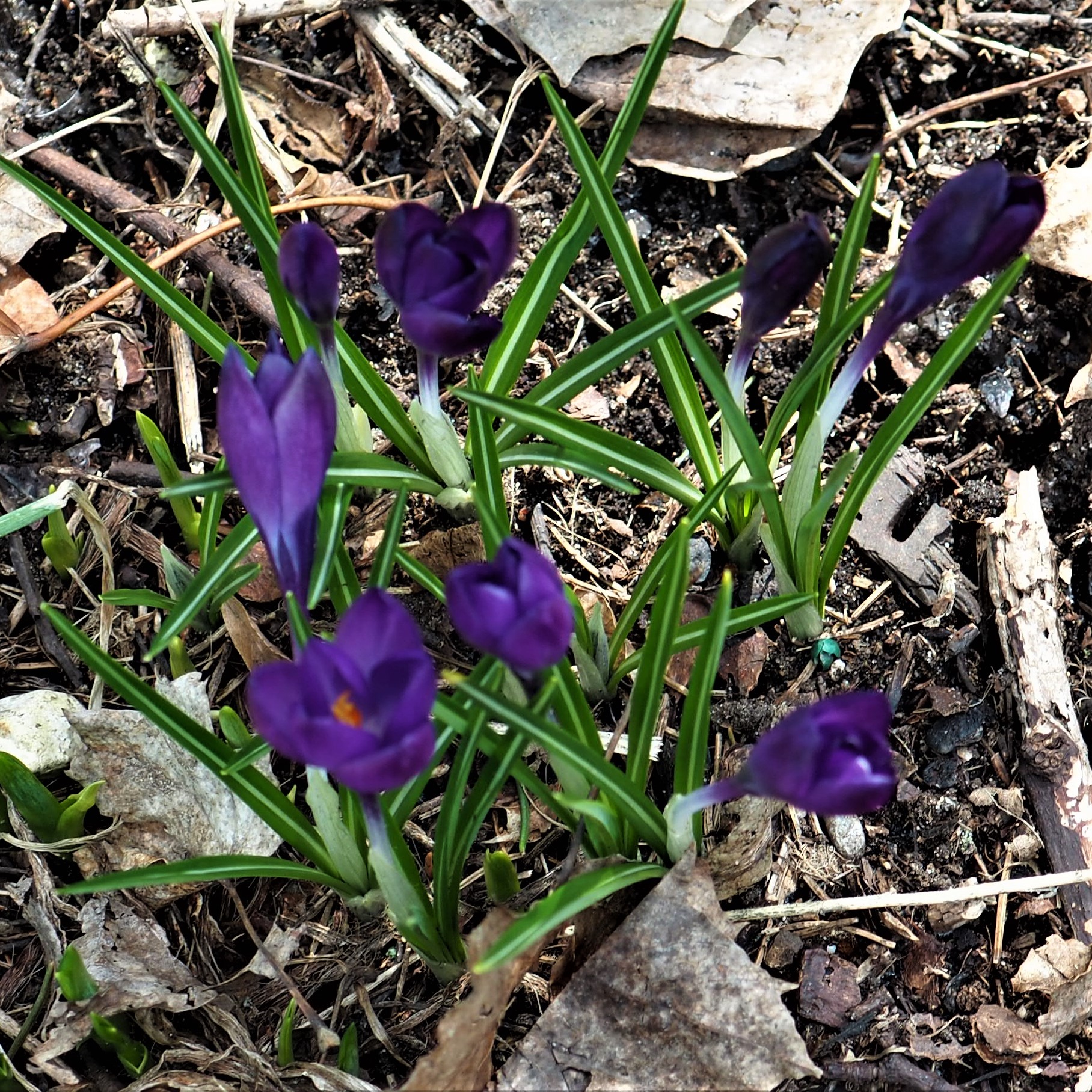
Our beloved Winter Ants didn't come up often from underground, but here are a couple shots of the one(s) that did.

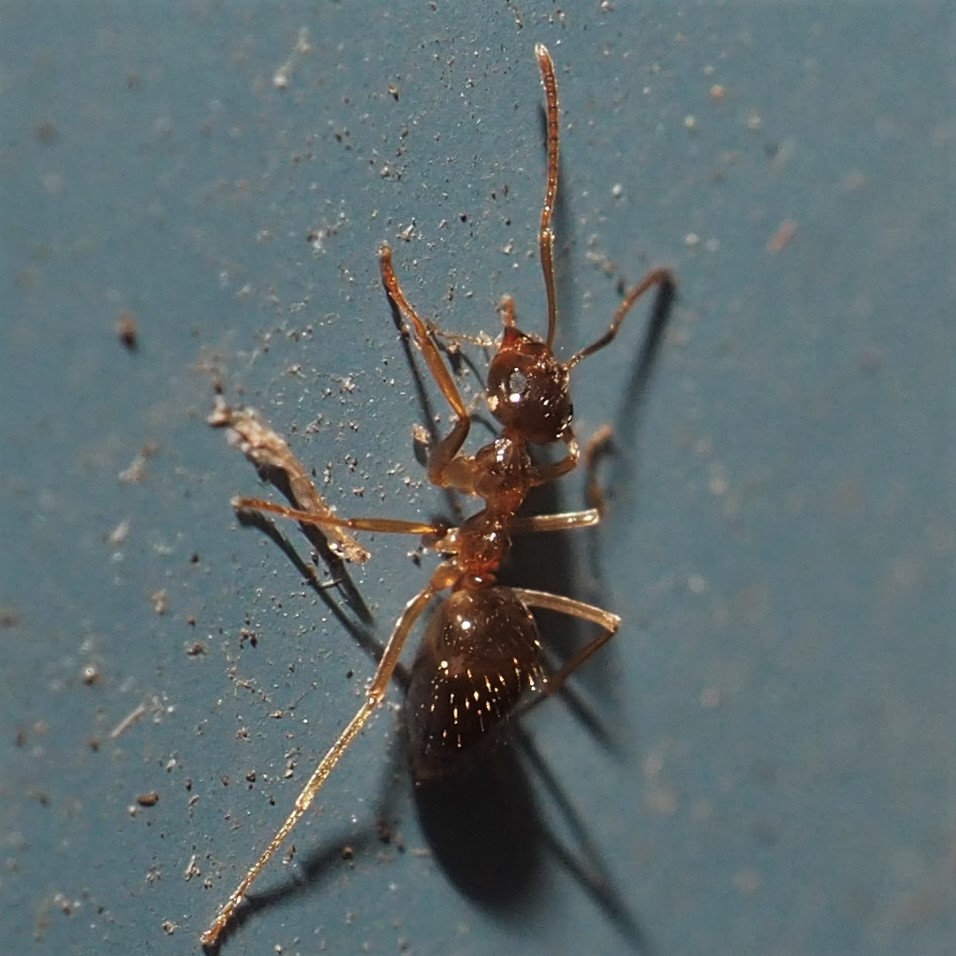
The brown straw nest I've decided is probably not really Barklice. We have been watching this egg mass since the end of October, but here are two pictures from this week.
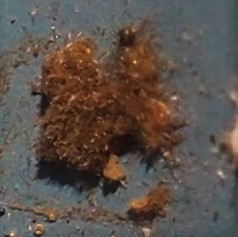
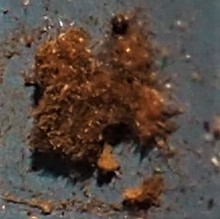
The Barklouse egg mass that I discovered tearing open a couple of weeks ago is slowly (thanks to the cool weather) opening and the nymphs are beginning to look like nymphs, and not just eggs. In these three pictures, the last one taken on April Fools' Day, you can see the little nymph loosening itself from the far left of the assemblage and looking a lot more nymphlike than it had in the preceding pictures.
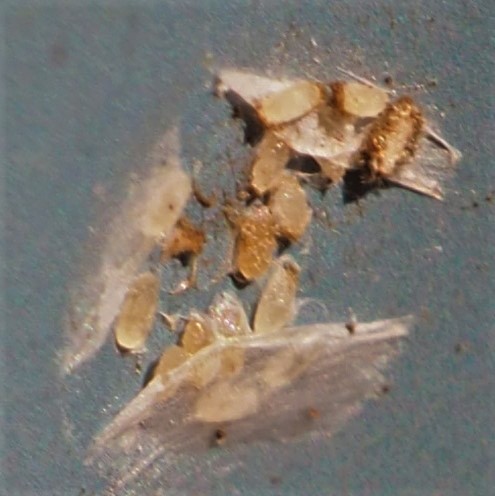

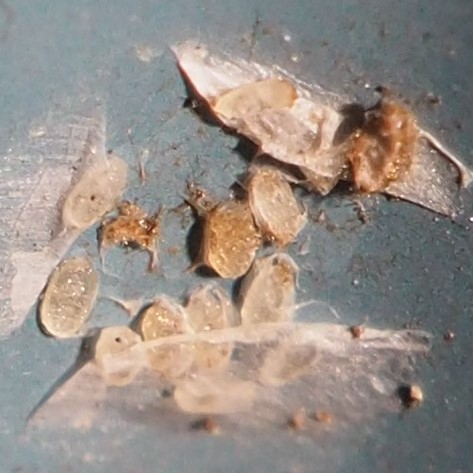
There are still a good number of Barklouse egg nests. Most of them are covered in fine webbing which keeps the inhabitants warm and maybe hydrated. In picture 1, you can see the eggs through the opening in the mesh covering. In the second one, the eggs are small but many. In picture 3 you can see the webbing has already begun to disappear.
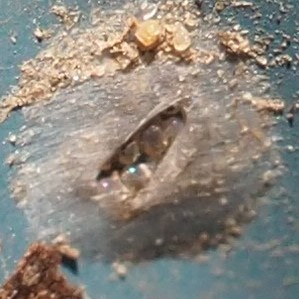
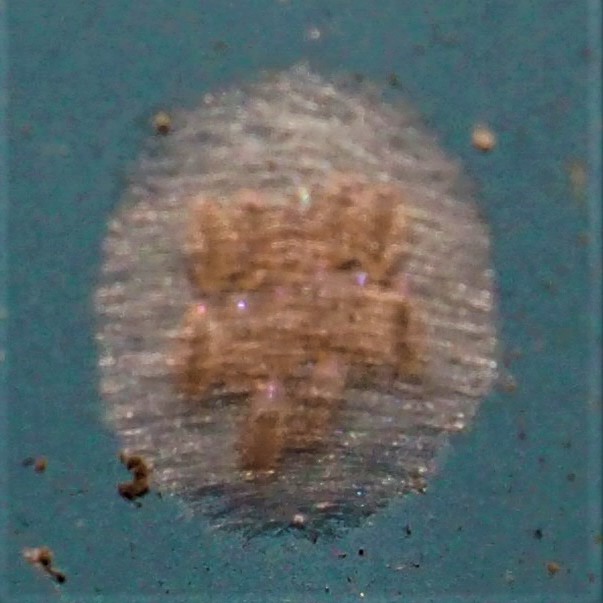
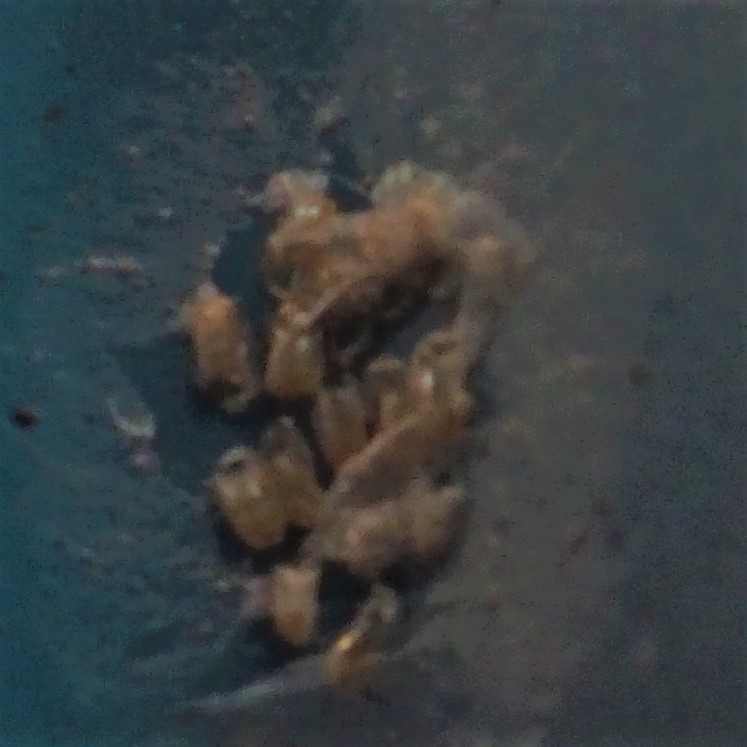
I didn't see many Bees this week, and no Beetles either. And no Bugs. However, the Flies are increasing in numbers. We still see a lot of Midges.


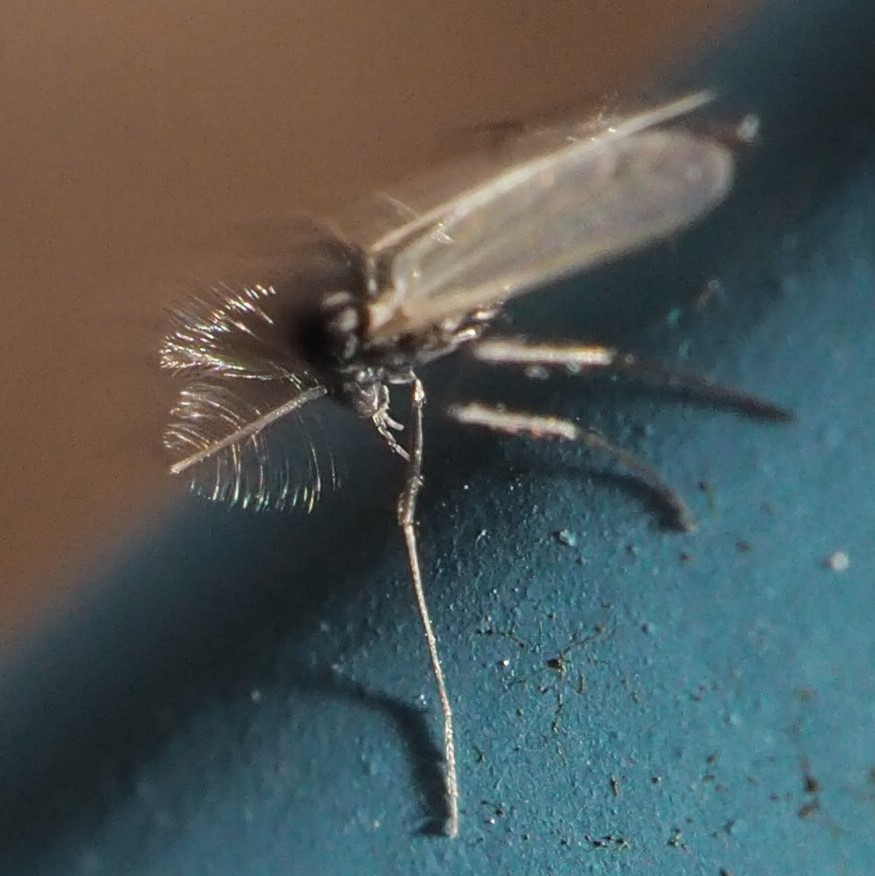
More Midges, I think. This first one is in genus Cricotopus. The second caught the light just right for a nice iridescence.
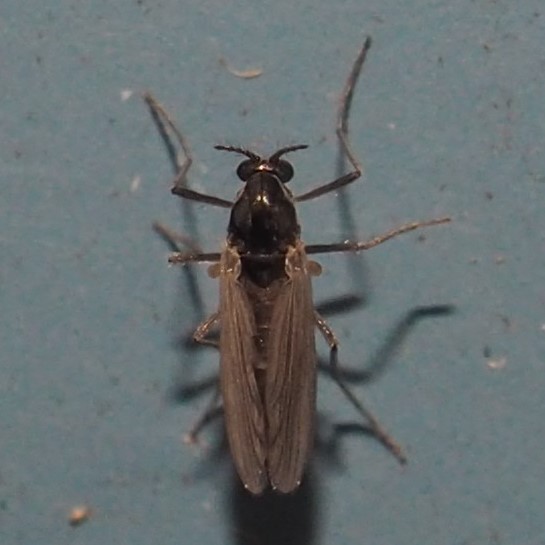
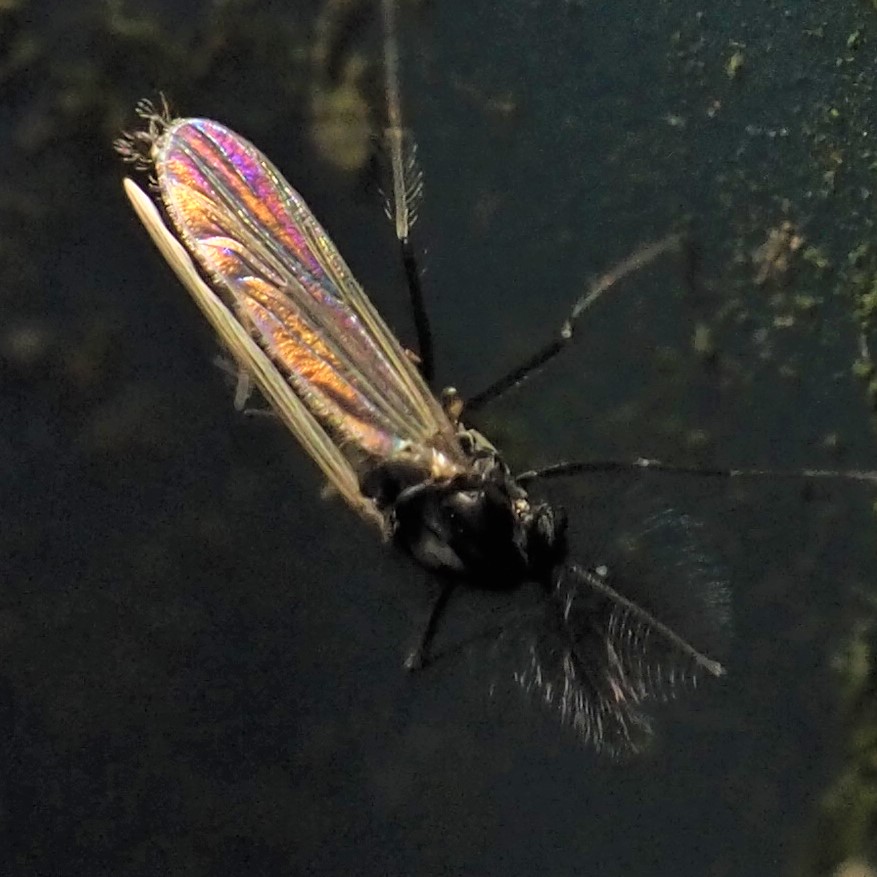
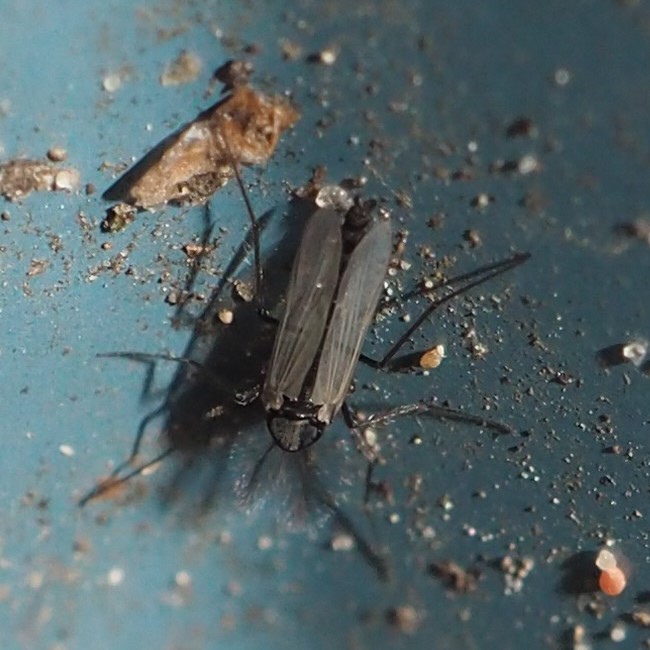
Here is a tiny Muscoid Fly. Picture 3, which I took at the same time as the first two, is probably the same Fly, given a look at the wing venation.
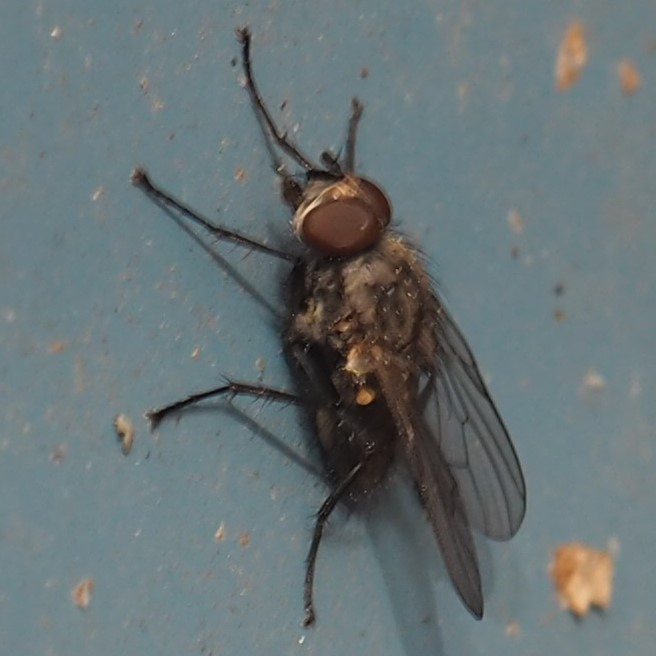
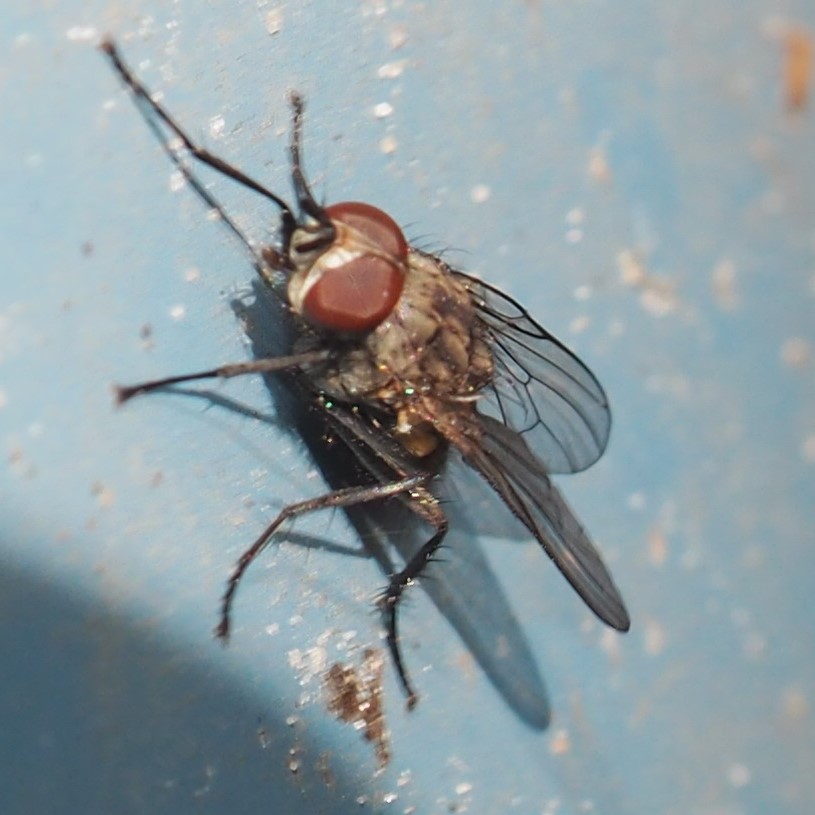
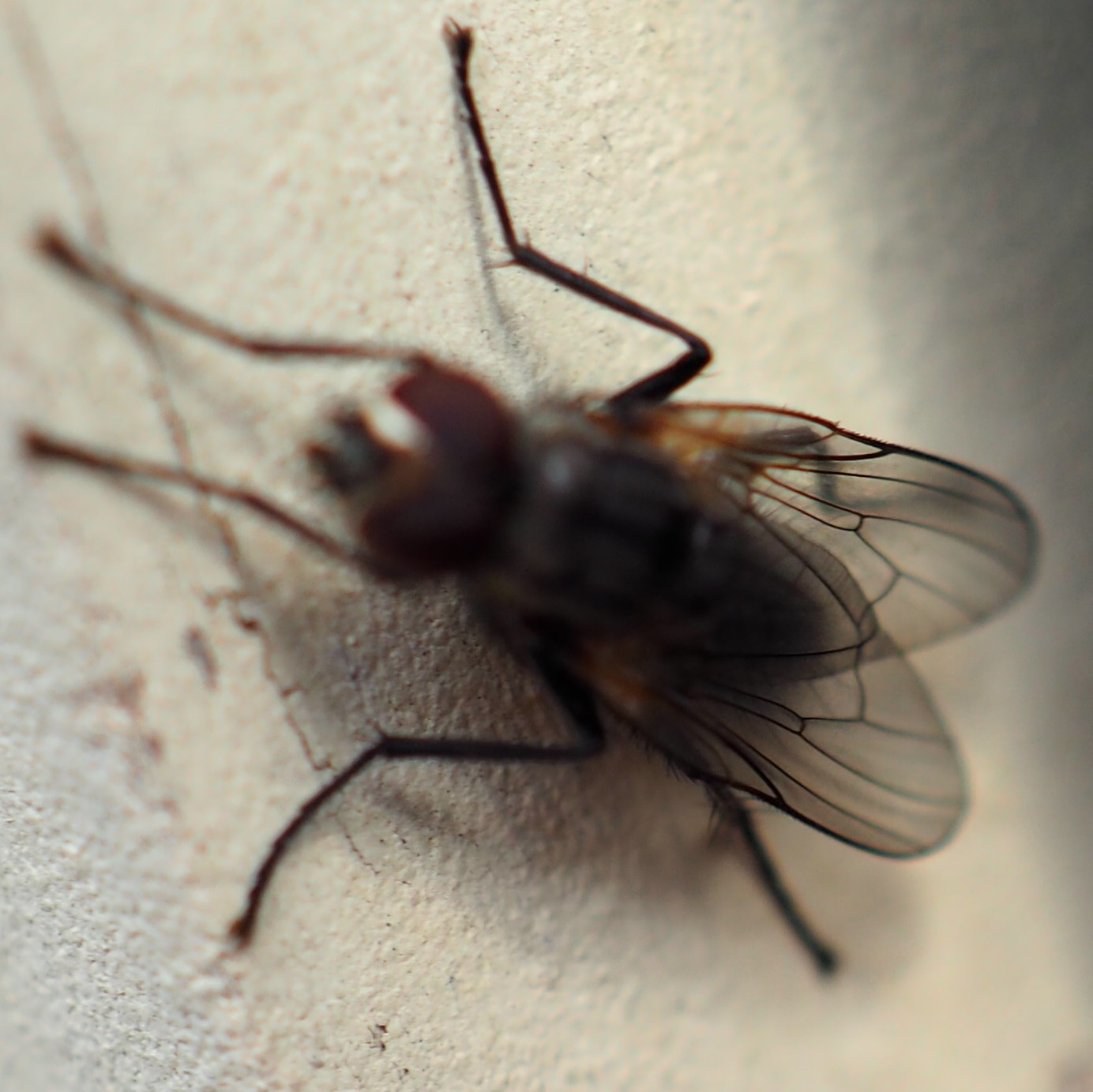
And one glorious surprise: I didn't see the eyes on this one until I was cropping the picture. It was identified by Chris Angell as belonging to genus Aulacigaster. What a treat!
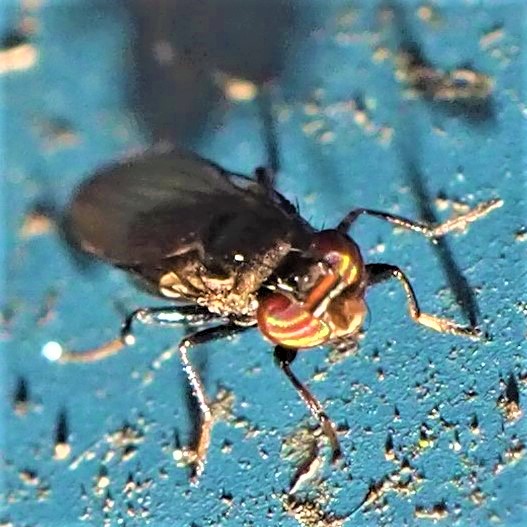
Here's a Looper that was looping along on the South Wall; and a gorgeous Red Thing - I've no clue. I also found a lovely Psyllid, actually probably a Cacopsylla..
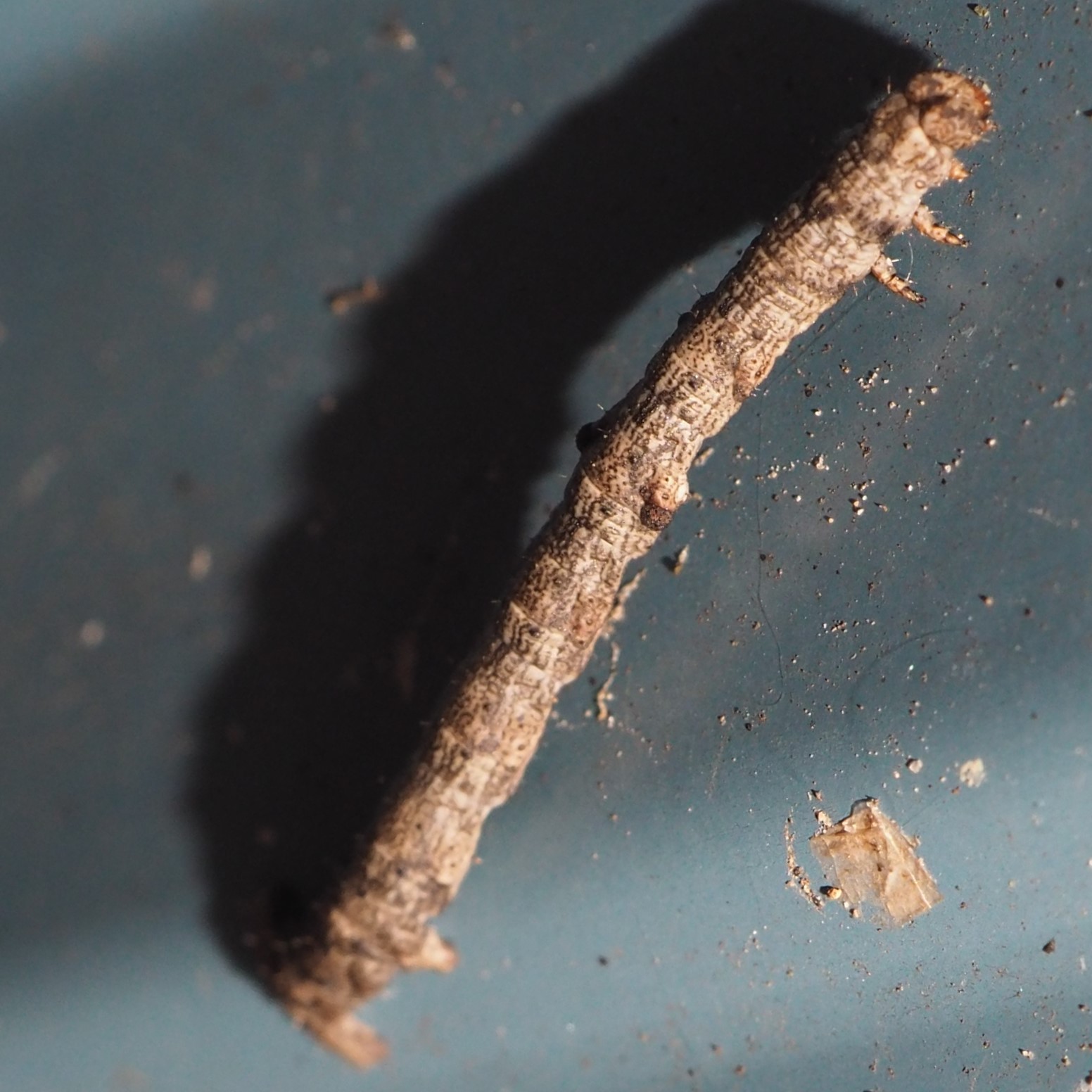
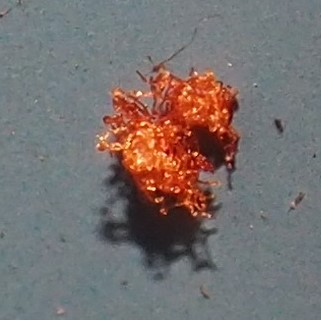
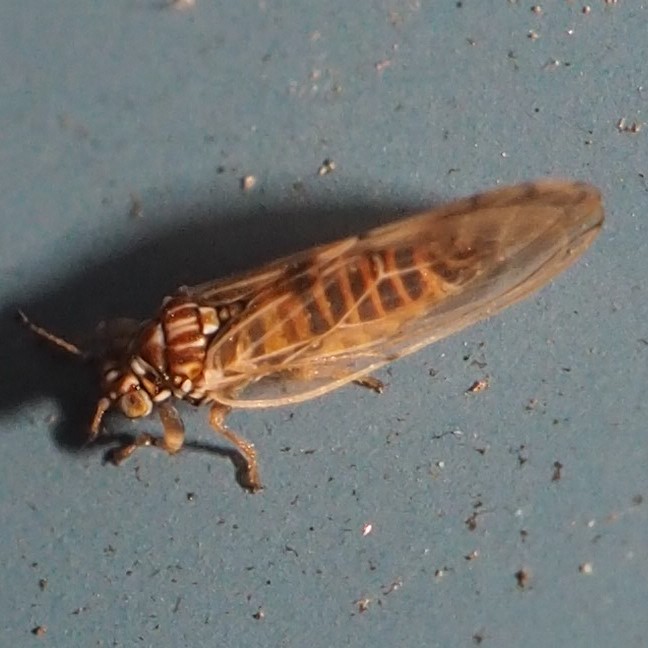
Let's walk around and see the flowers in bloom again. Here are the Winter Aconites again; more Woodland crocus; and some Common Snowdrops.
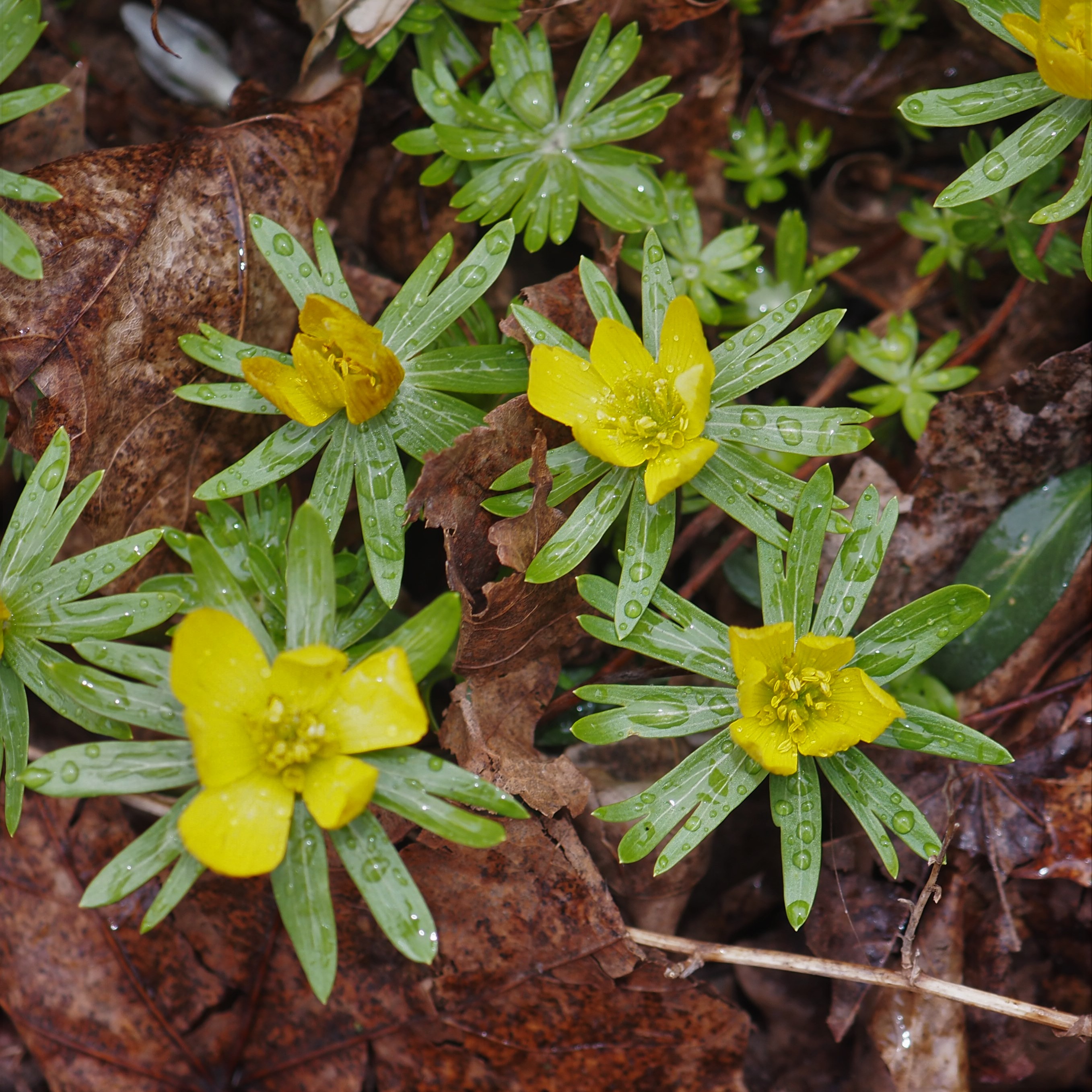
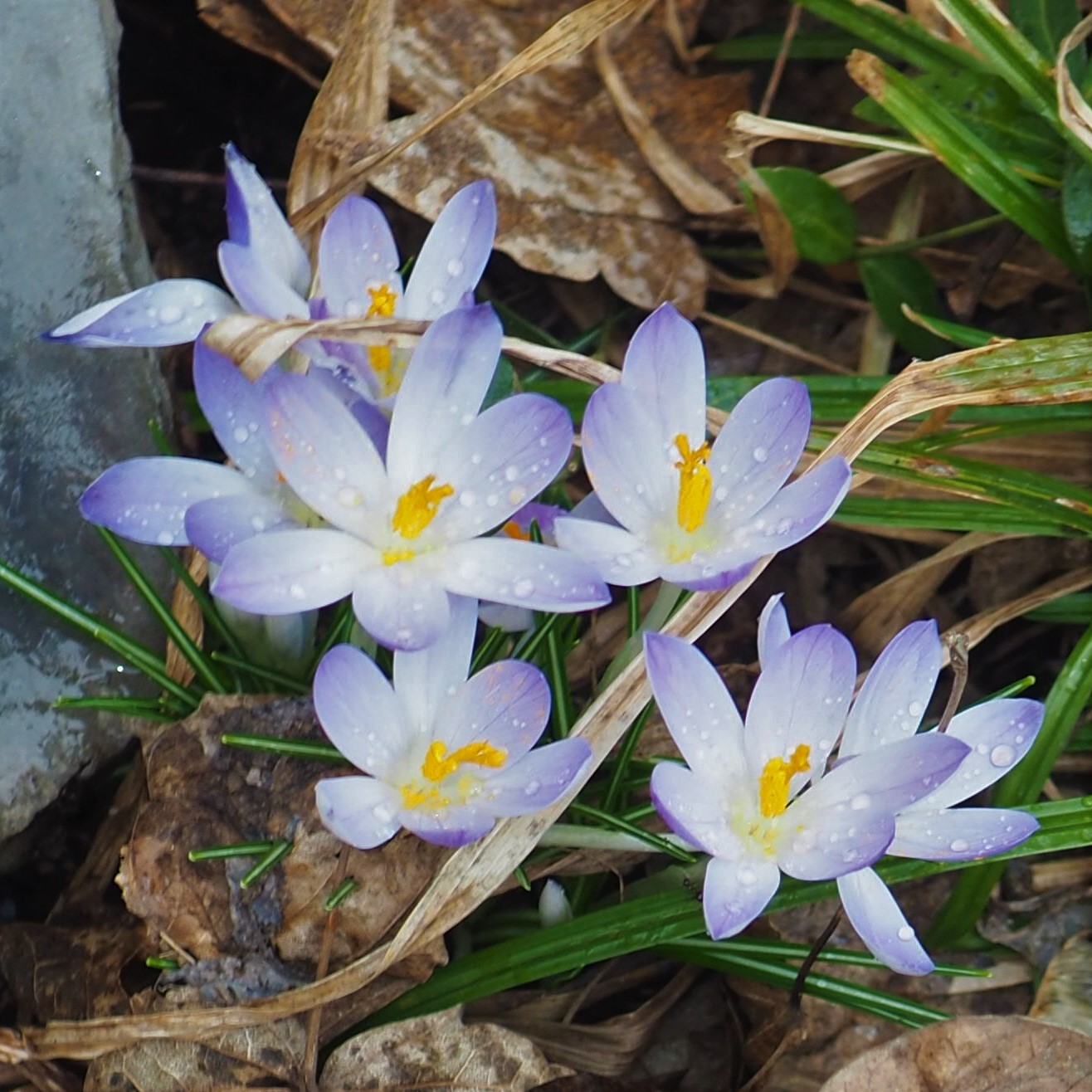
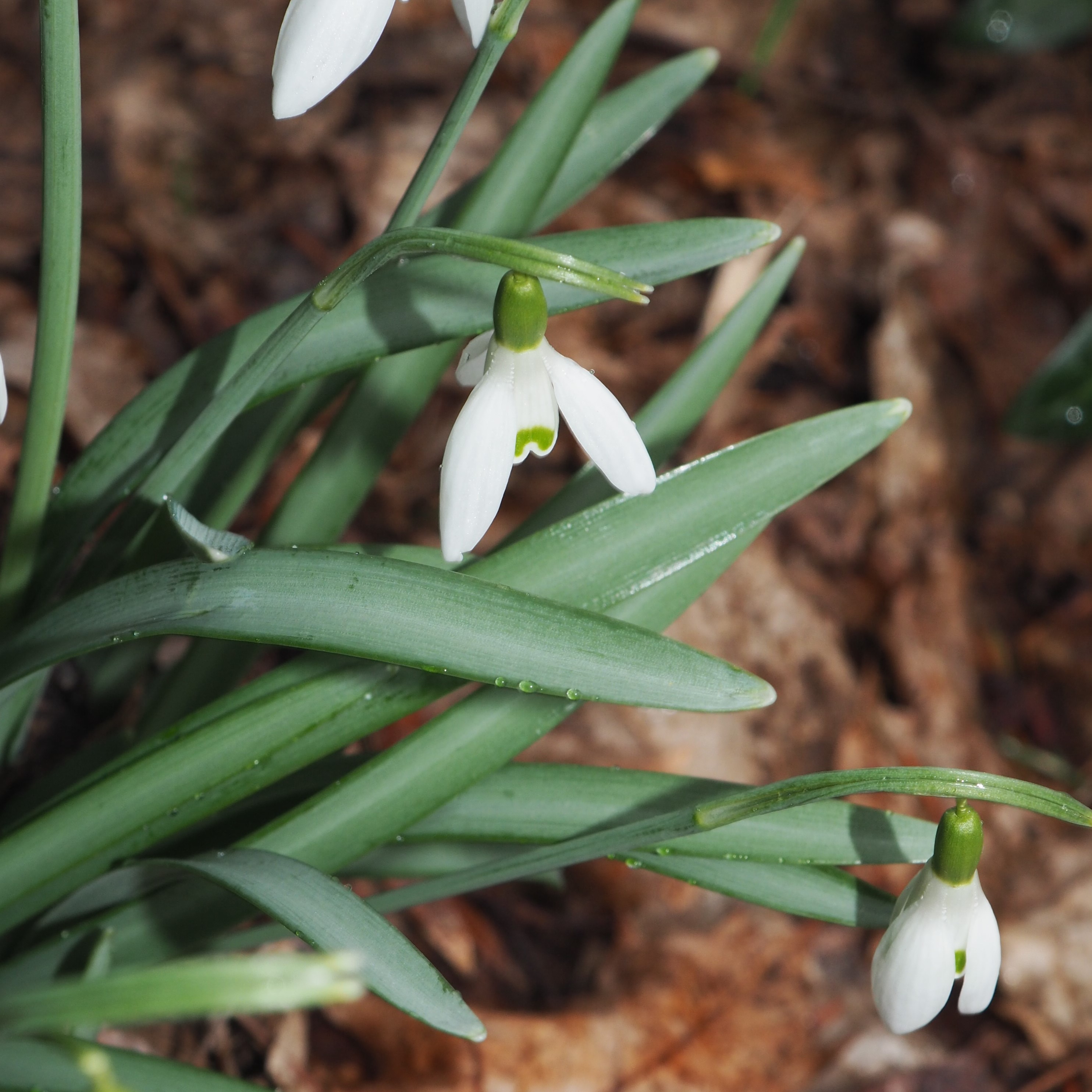
The Primroses are far from blooming, but at least they look healthy if a bit sparse. Next are some Squills getting ready to bloom at the South-east corner of the Shop. And here's Jadesy, none the worse for her long fall outdoors!
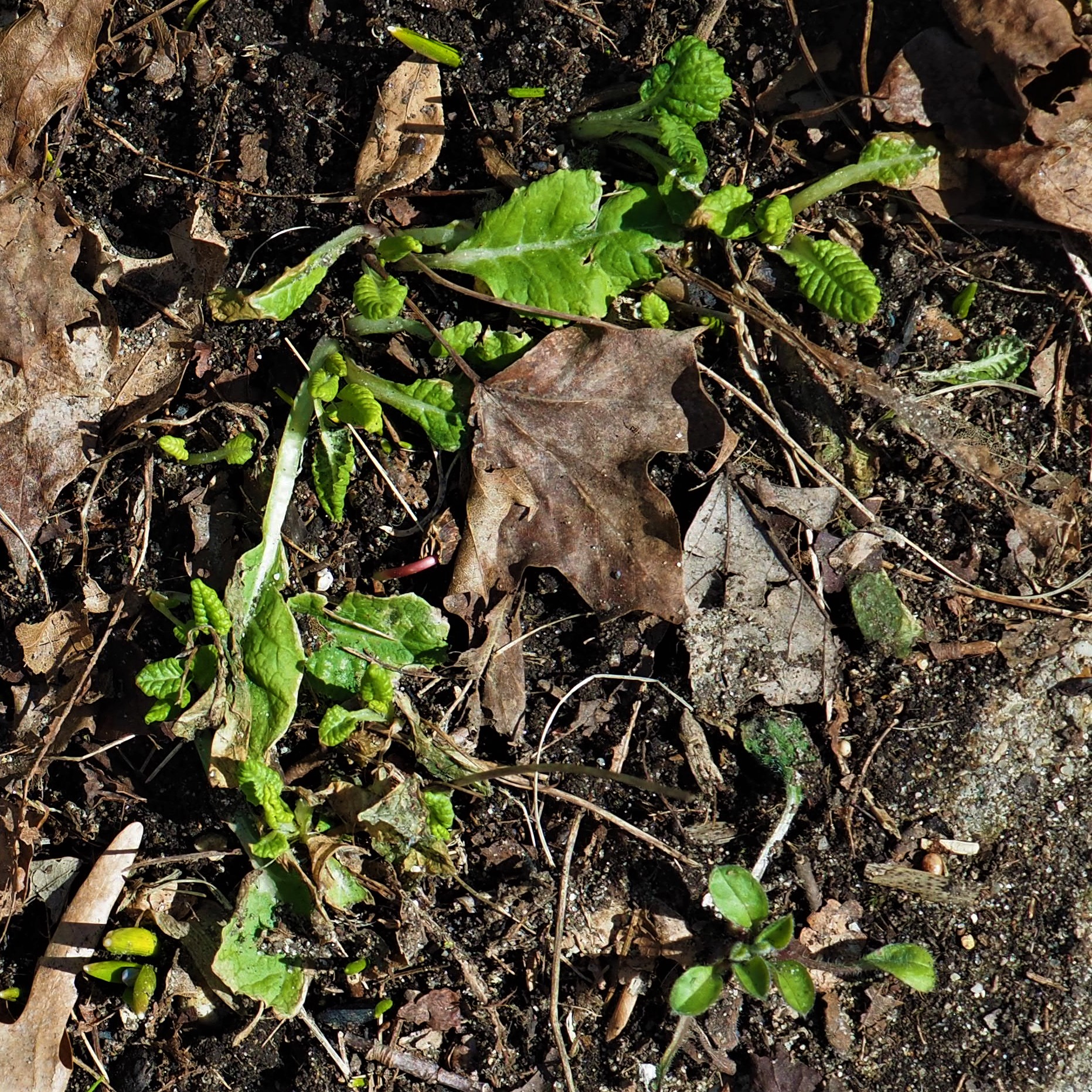
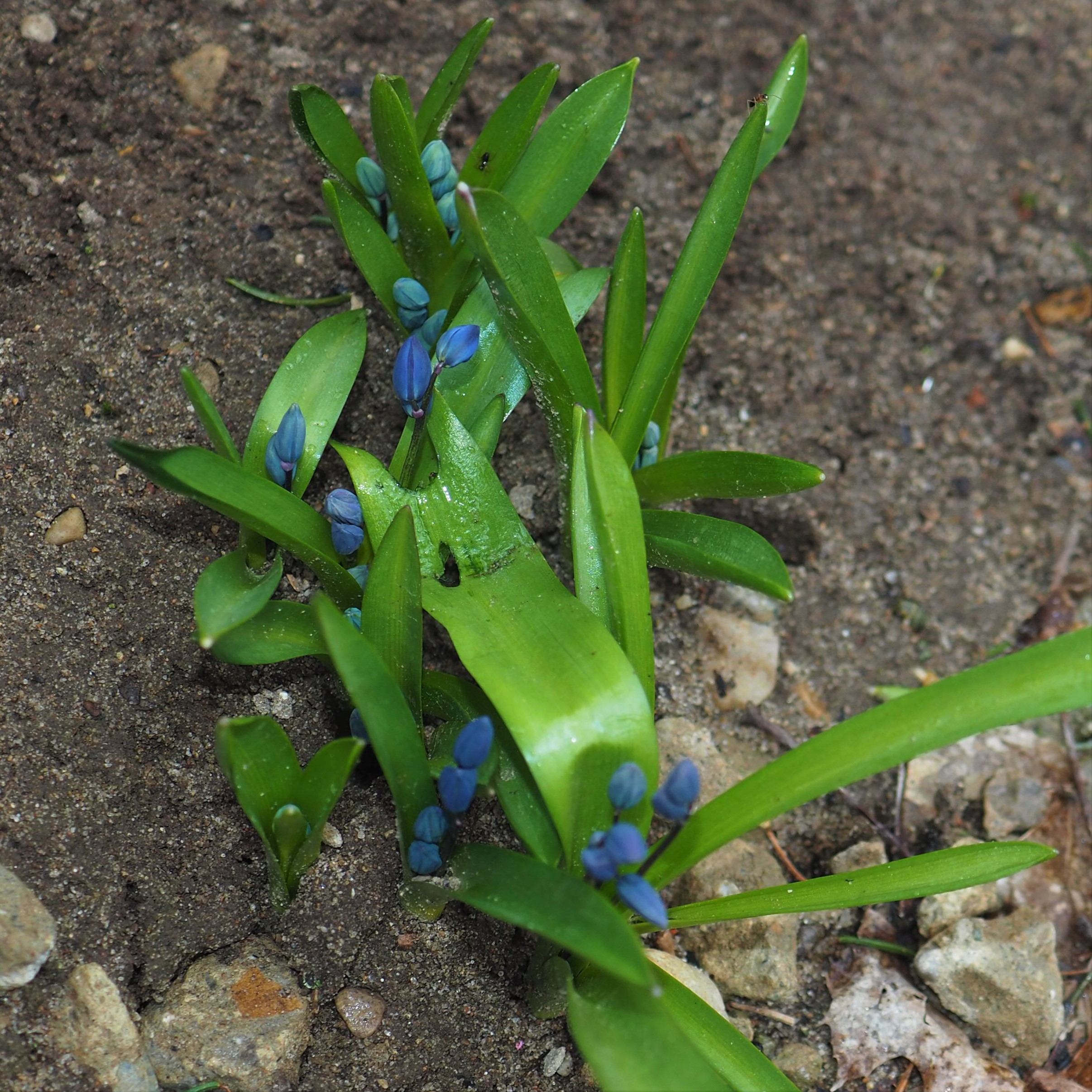
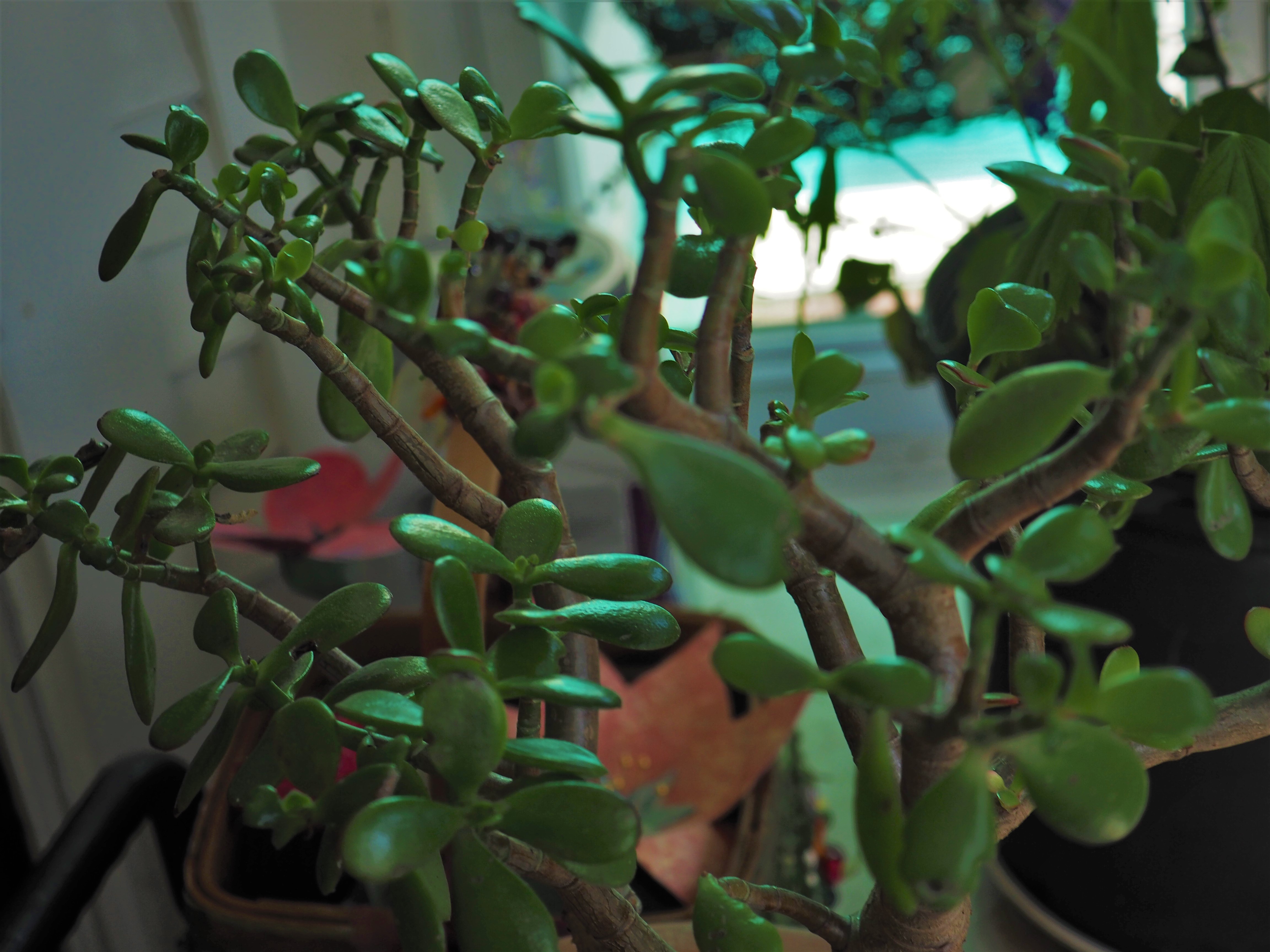
The Maples on our street are starting to bud up. Here are a couple of scenes showing their colors against that blue blue sky.
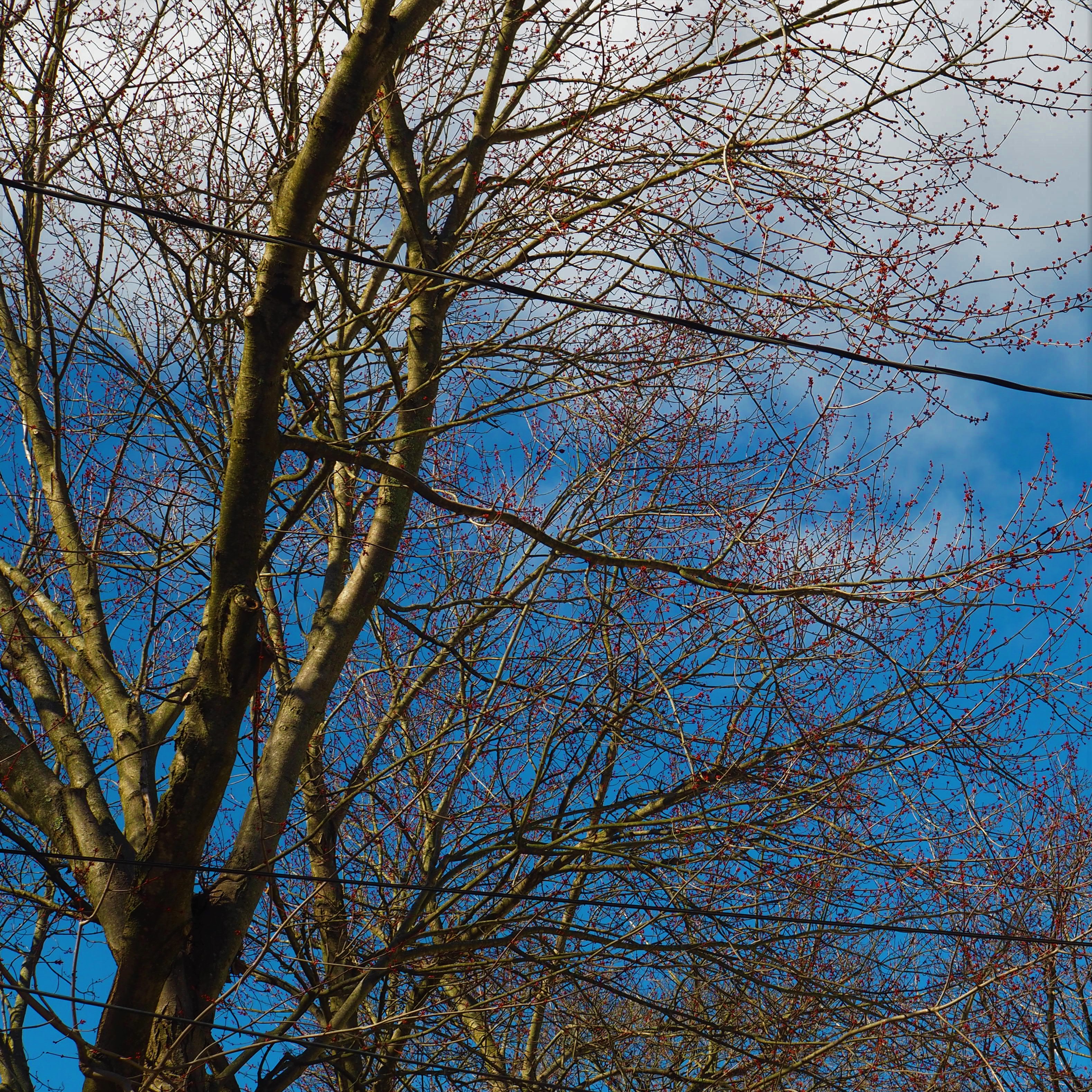

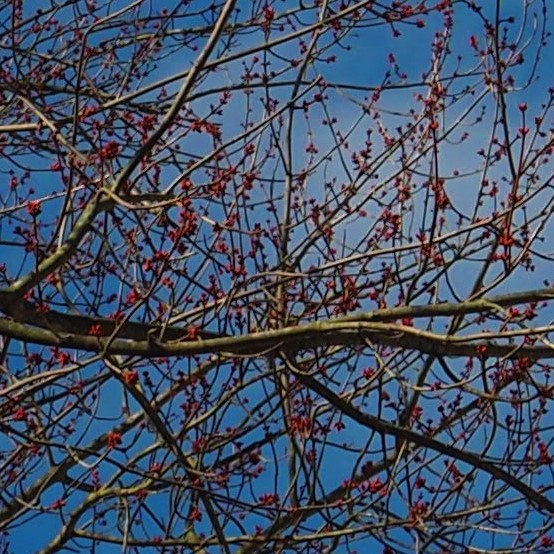
I've been wondering when we will start to see the Garlic Mustard around here! But here it is, on March 29, in the middle of a path from gate to back door. Picture 2 is from April 3. My friend Stephanie and I are going to be looking for it and observing any Phyllotreta ochripes Beetles on it. As a sub-project, I'm interested in how many other plants also attract P. ochripes. I just found a paper from MSU in which the authors say that P. ochripes feeds too widely - I wonder what other plants will attract the little beetles. Obviously if P. Ochripes is attracted to another species of plant then we will need to do something like counting the tiny beetles. More on that later.
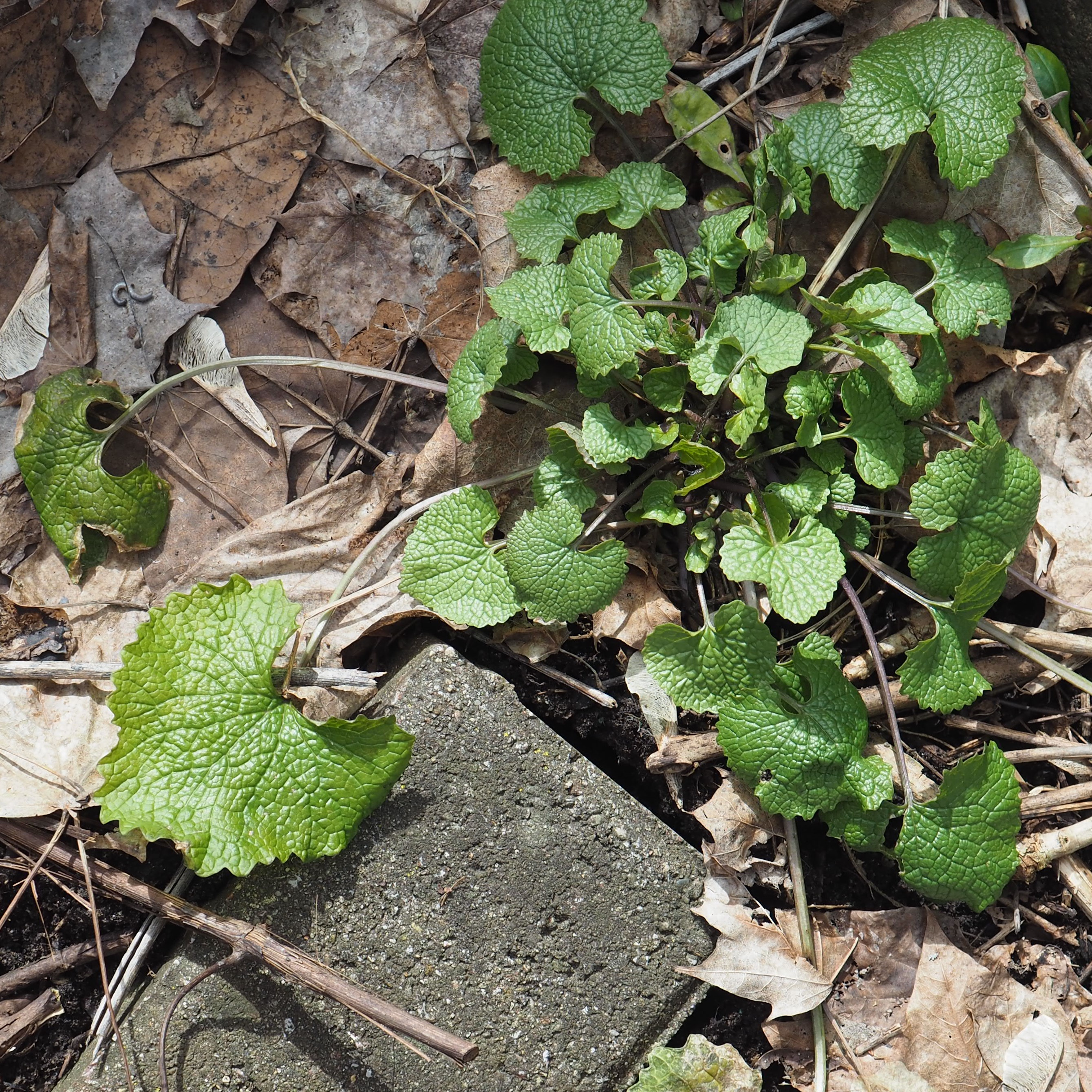
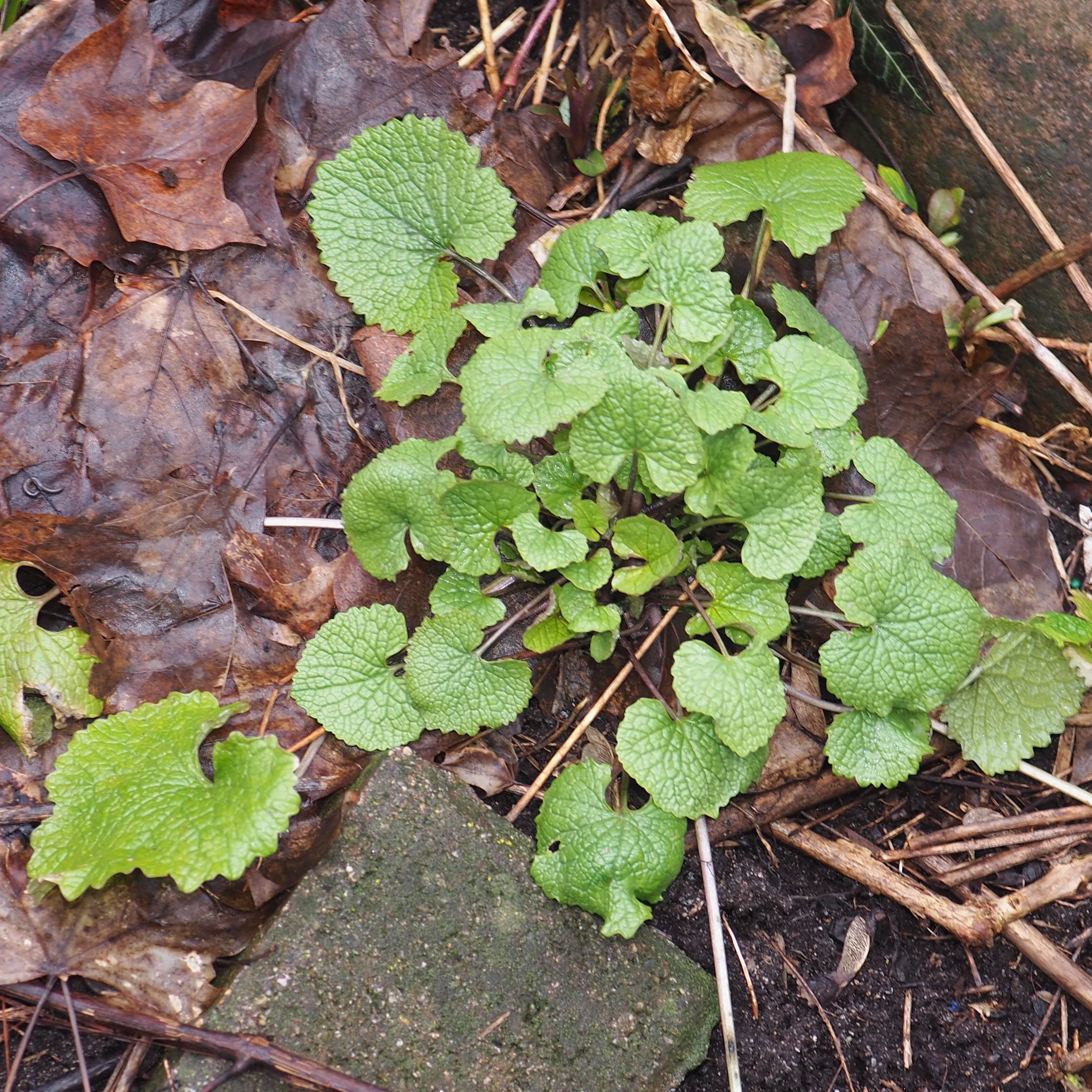
The hyacinths in the back yard have some color but not enough for me to say if they will bloom pink or rose. Picture 3 is a conglomerate of Crocus, White Hellebore, and Celandine Poppy (with its deeply cut leaves).
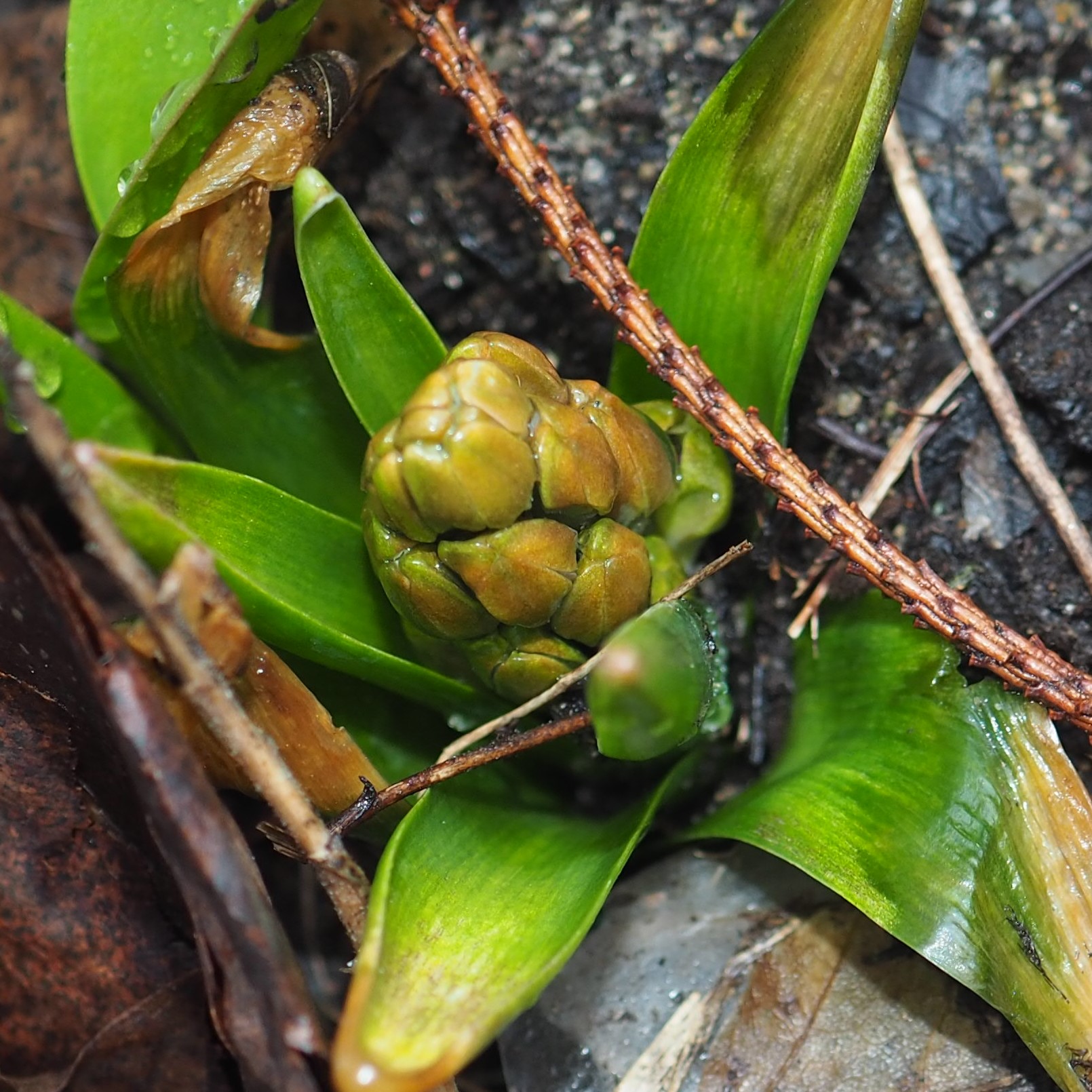
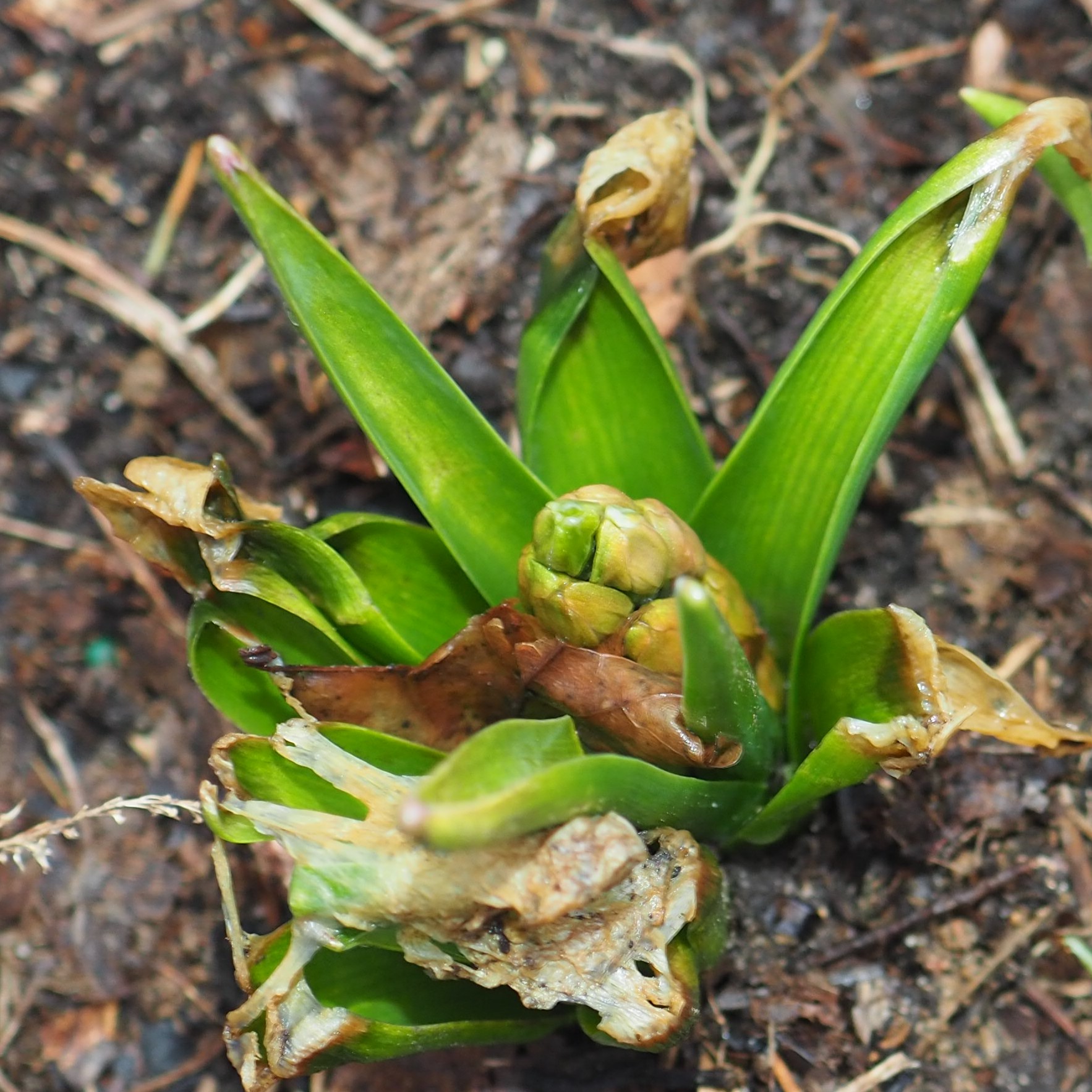
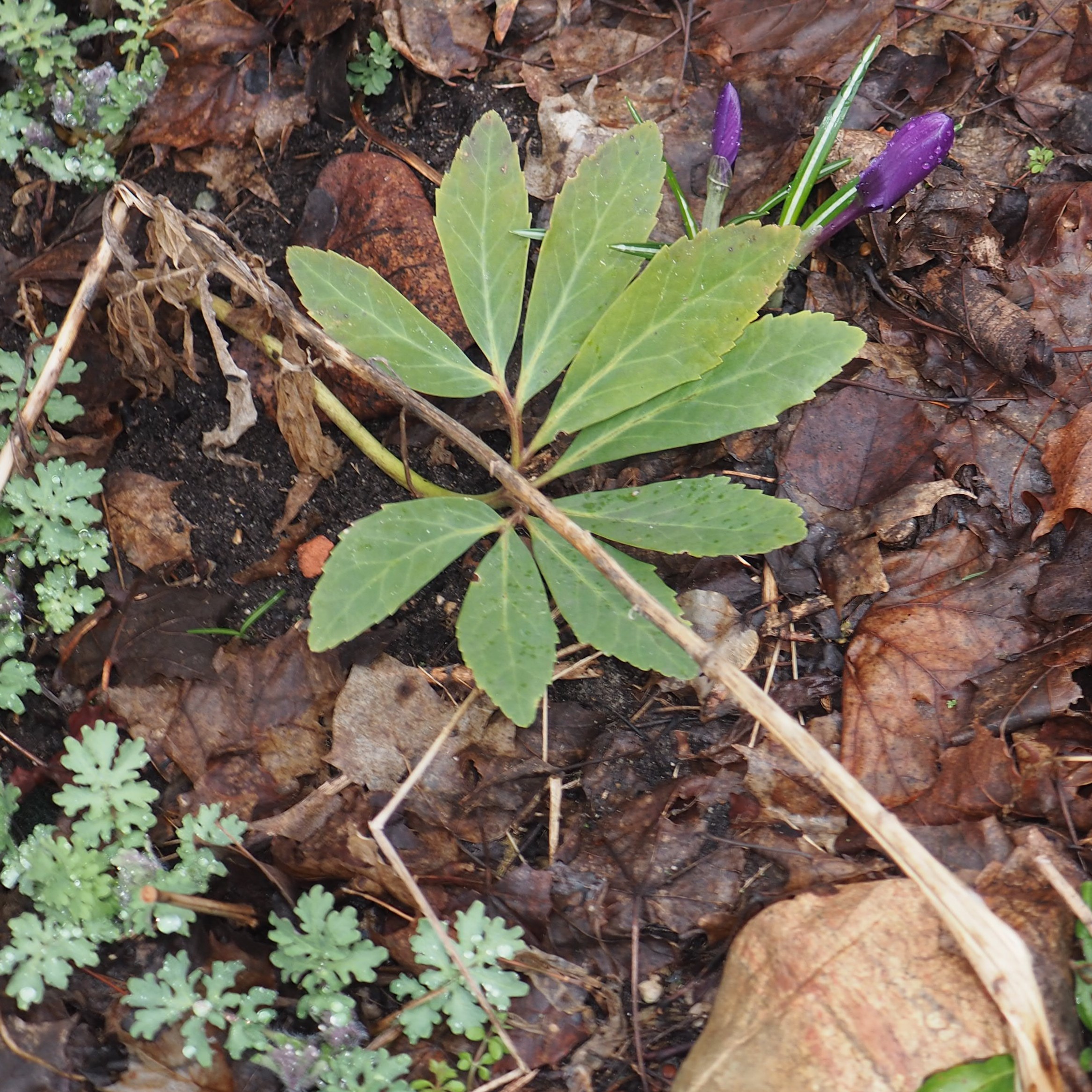
Let's look for the Spiders. There wasn't a great variety of them, but they are here to stay. Here we have a Common House Spider, a Mystery Cobweb Spider, and a member of genus Grammonota. The last Spider was a tiny detail in another picture, and I couldn't get close enough to get a better picture.
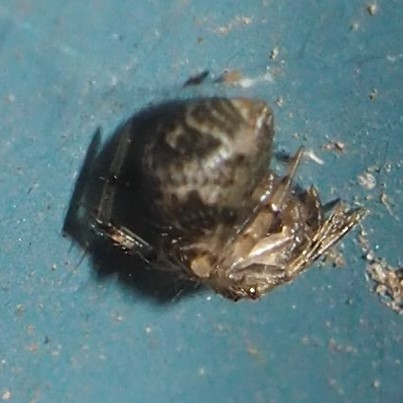
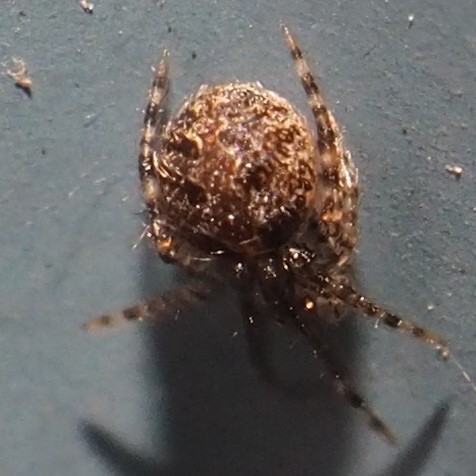
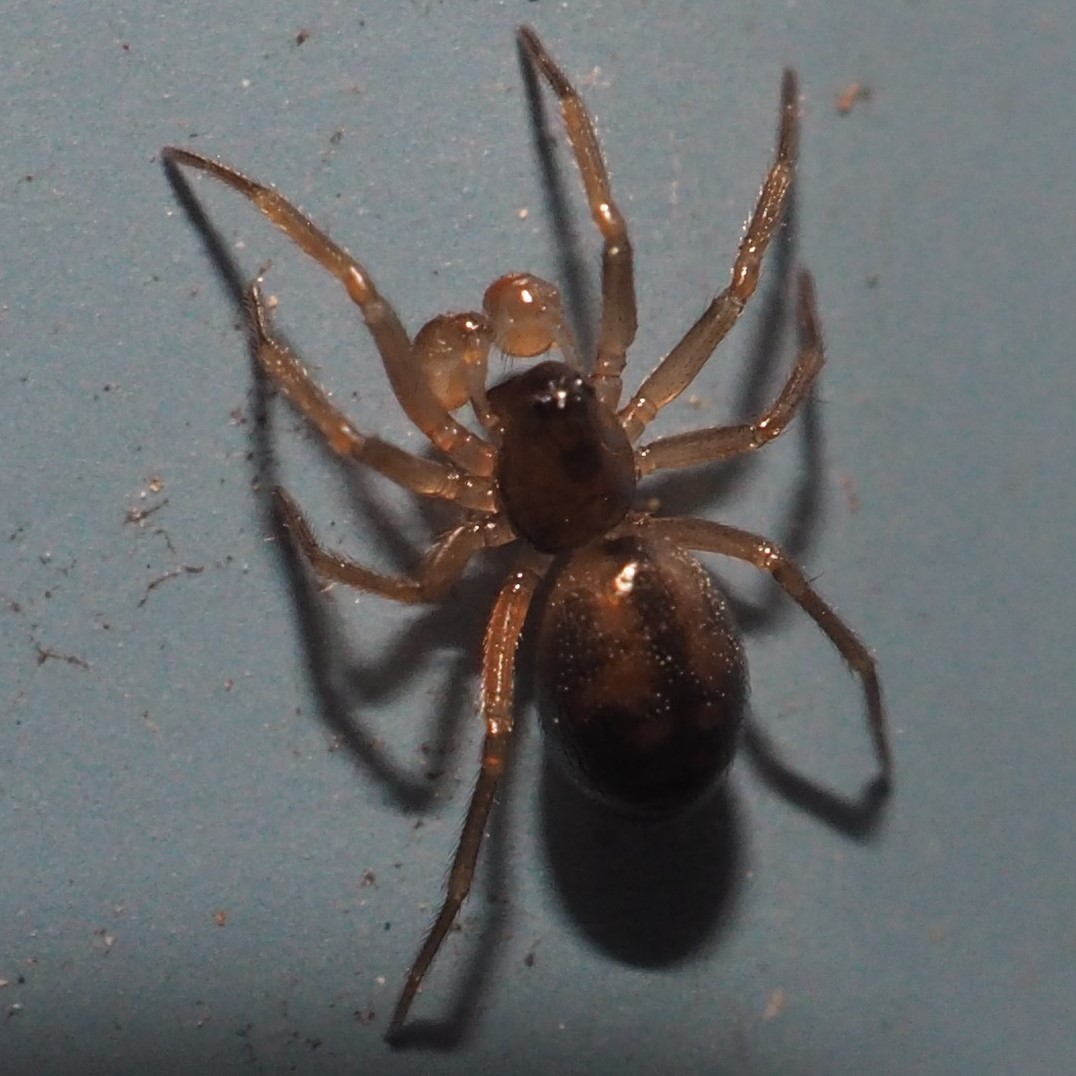
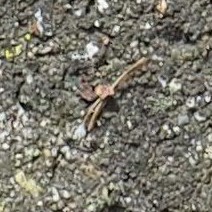
A couple of outliers. This week I found what I'm pretty sure are three Springtails.

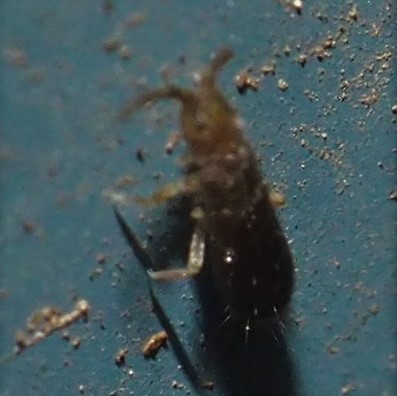
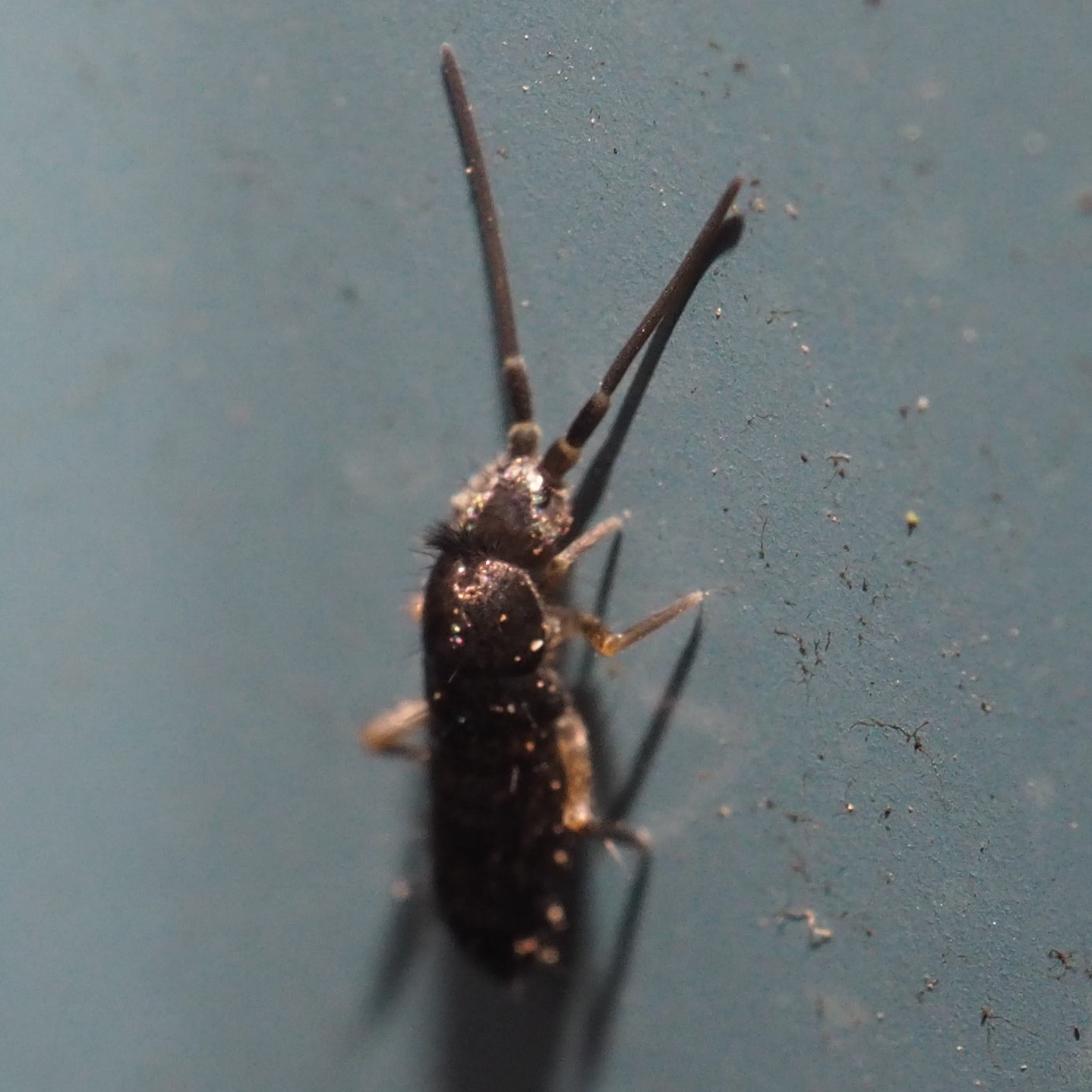
I saw no Wasps this week. But Debora managed to get a shot of this Bald-faced Hornet's nest, which survived the windstorm. (I'm calling this one Bald-faced Hornet, since that one has regularly had a nest in this yard.)

Since the water turned cold along with the atmosphere here, the fish have been lying low. But we can see the beginnings of a plant-rich pond. In picture 1, one of the small lilies I planted last year seems to have a good start on foliage so far. Picture 2 shows a good-sized lily leaf. And Picture 3 shows some interesting stuff in another lily pot.
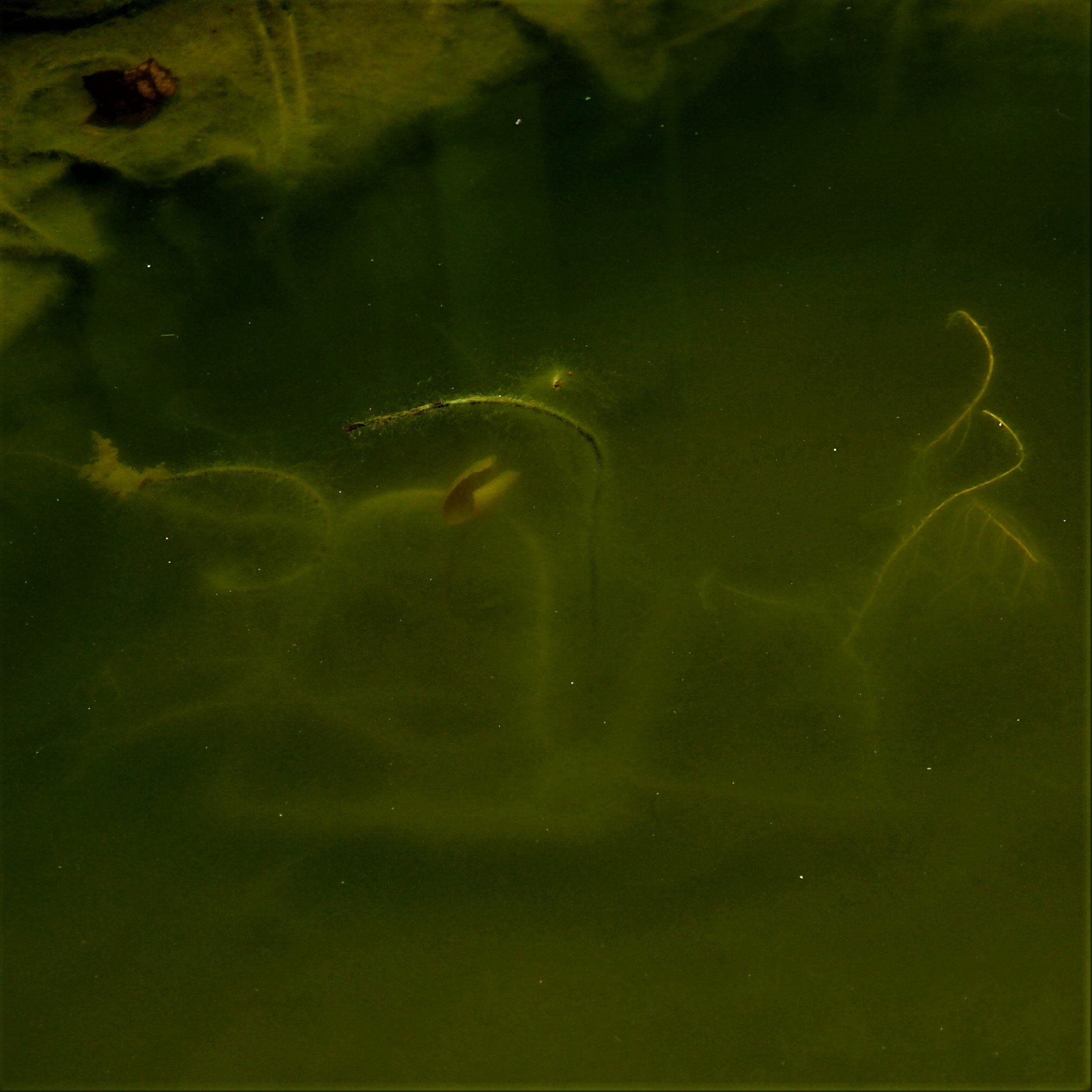
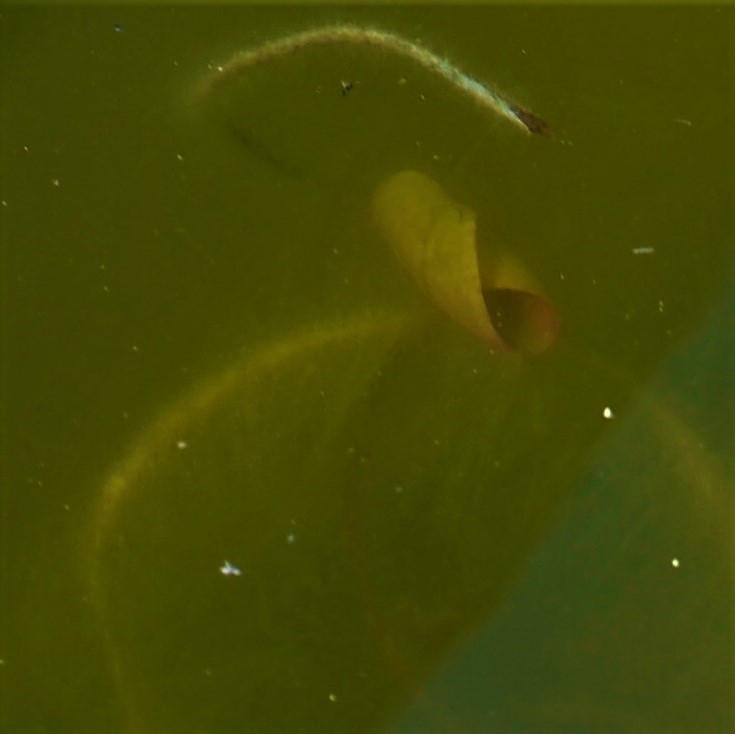
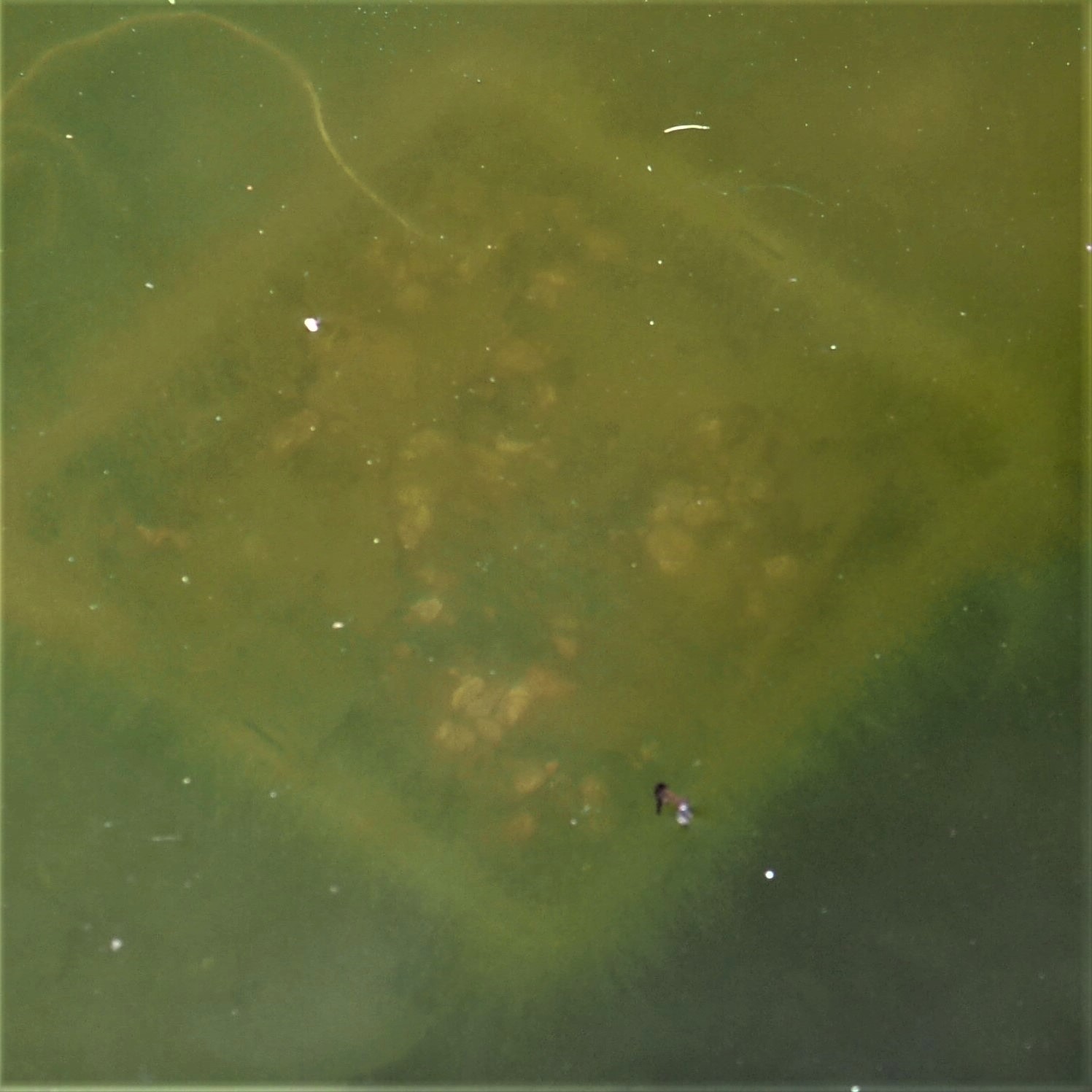
The poor fishes have once more sunk to the bottom and are conserving their strength till once more I'll be out there singing the "Here fishes fishes fishes" song to them. Meanwhile here is the reflection of the trees in the pond.
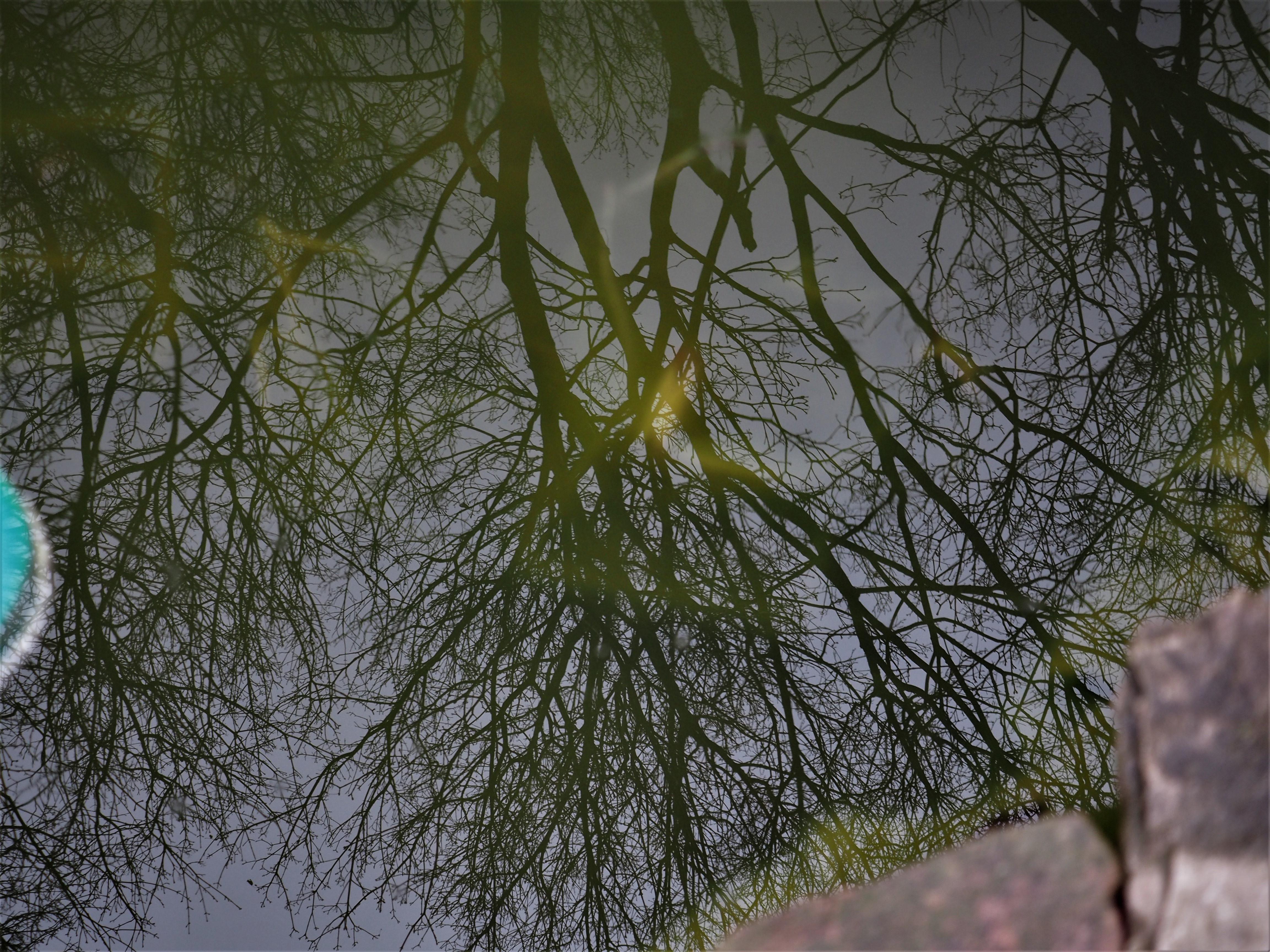
Well, the holidays are upon a lot of us. I wish that everyone's family will be able to celebrate together. Wouldn't it be wonderful if we all saw each other as family? And soon? Meanwhile, here are some color-morphings to cheer us all.


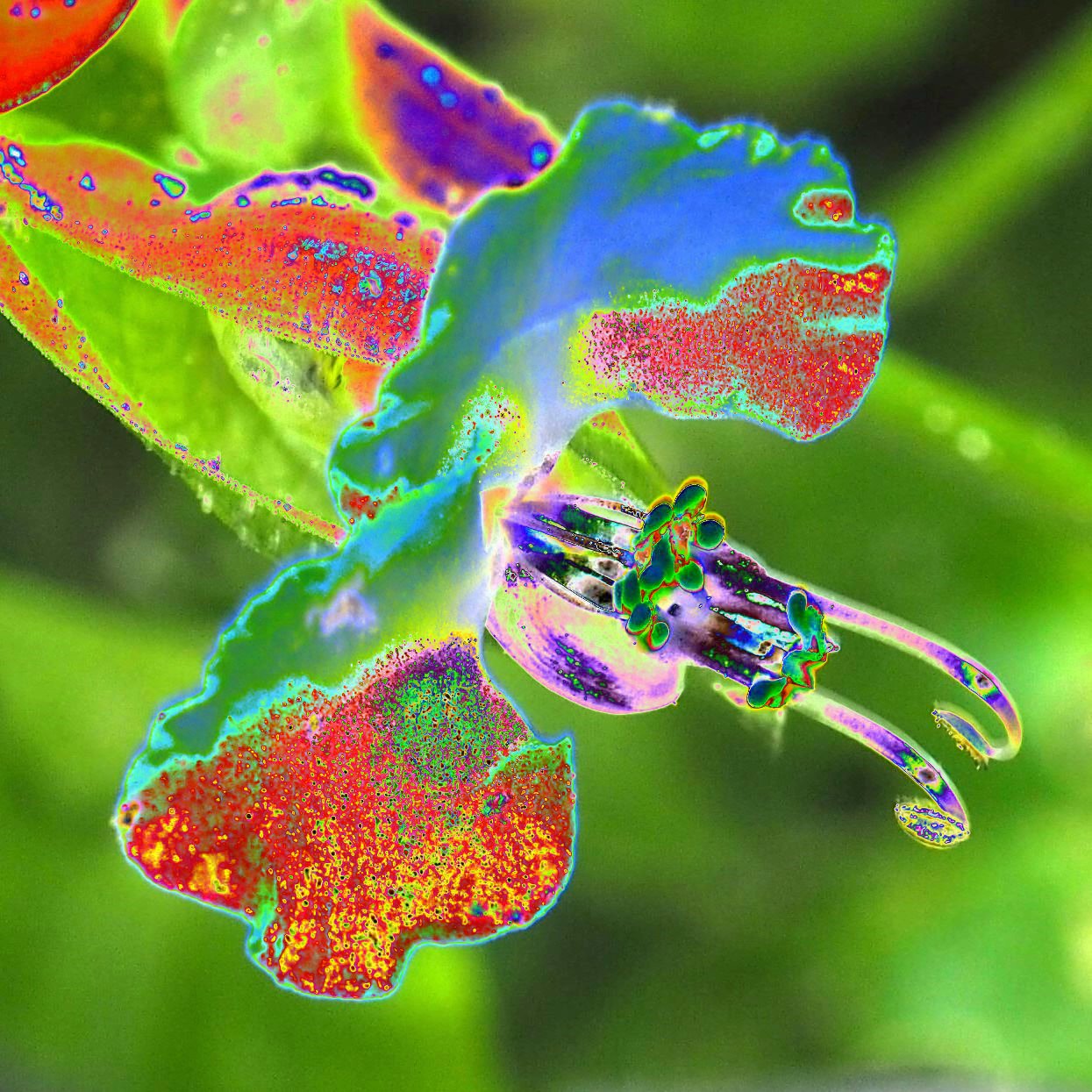
Love, Martha
Oh! I meant to add this. Two people (Joey Grzeskowiak and Dale Kennedy) wrote the other day to tell me that Joey had seen a Mourning Cloak Butterfly and Dale had seen an Eastern Comma flying around one fine warmish day. I've known for a long time about the Mourning Cloak's pattern of hibernation. They snooze deeply until a beautiful warm day, when they suddenly bounce out of hibernation, but as soon as it chills back off, they will go back to sleep till (Real) Spring (or the next nice day). Joey said she had heard that Mourning Cloaks, Eastern Commas, AND Question Mark Butterflies all follow this pattern. Two out of three ain't bad! Keep teaching me stuff, friends!
Back to March 27, 2022
Forward to April 10, 2022
Back to main menu
copyright Martha O'Kennon 2022



























































